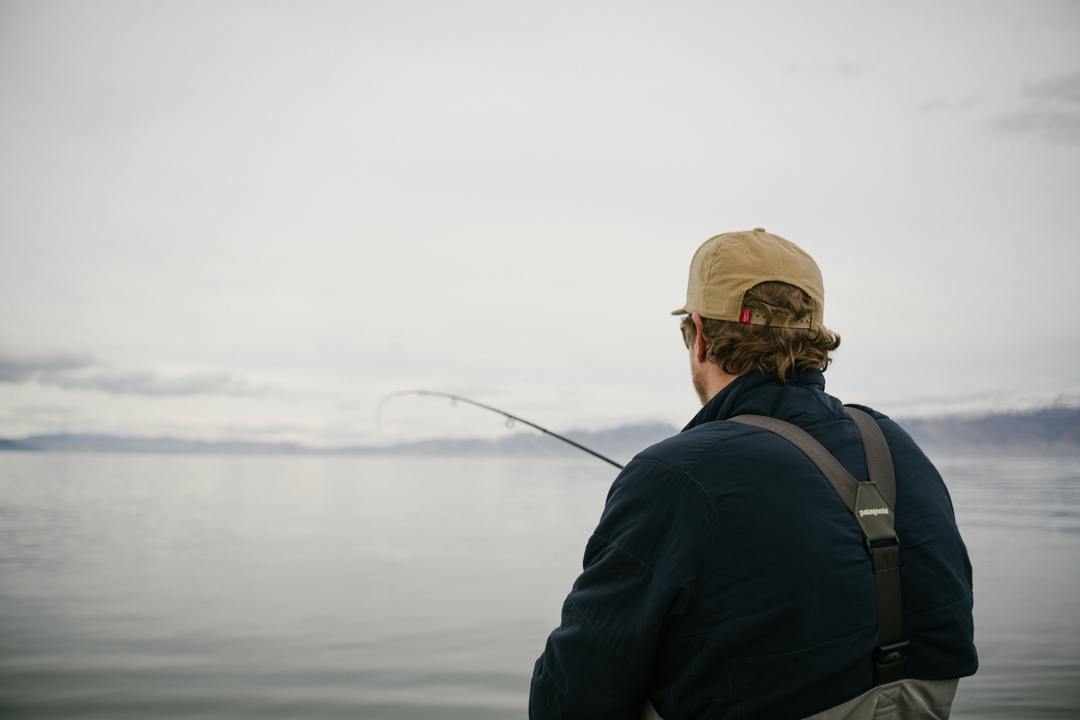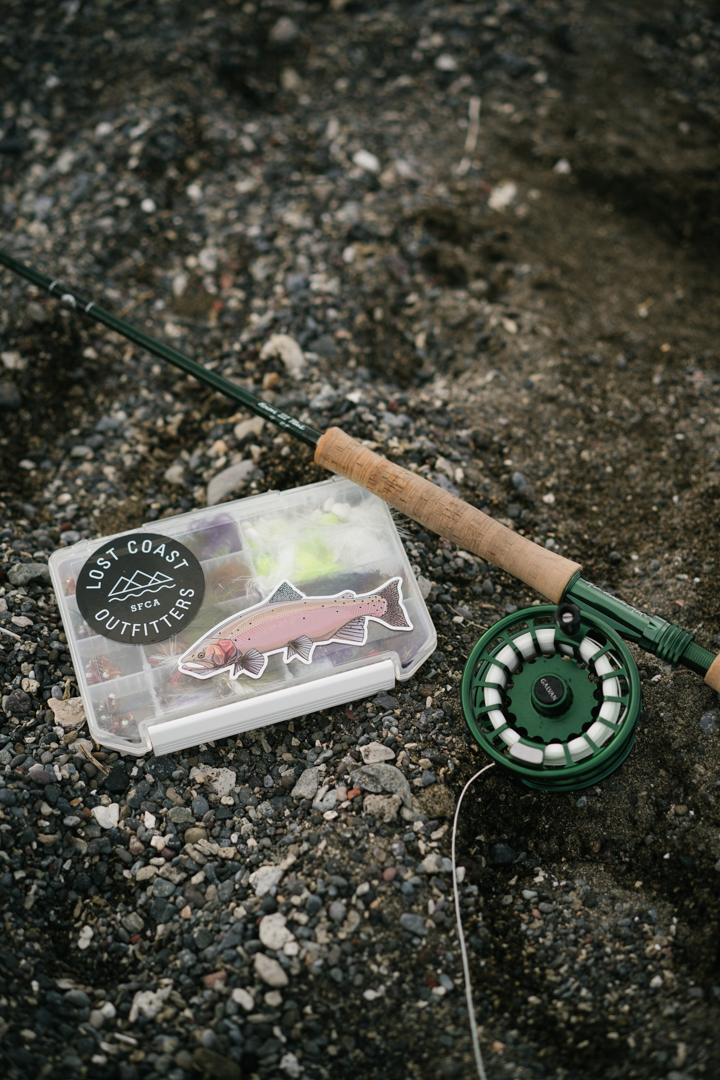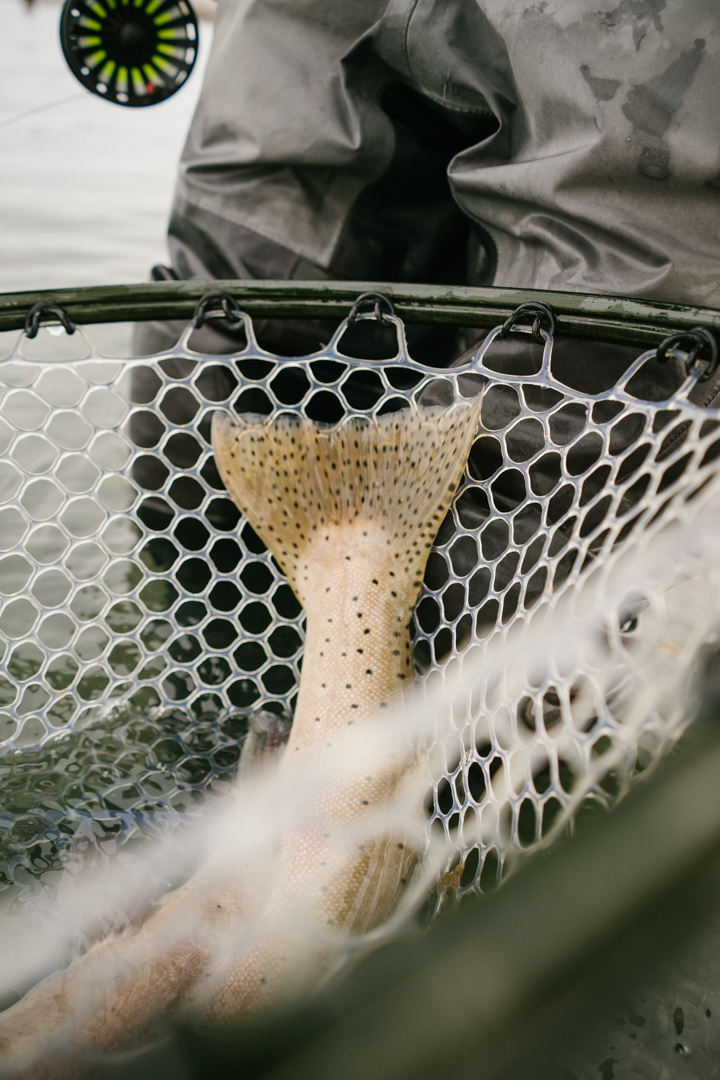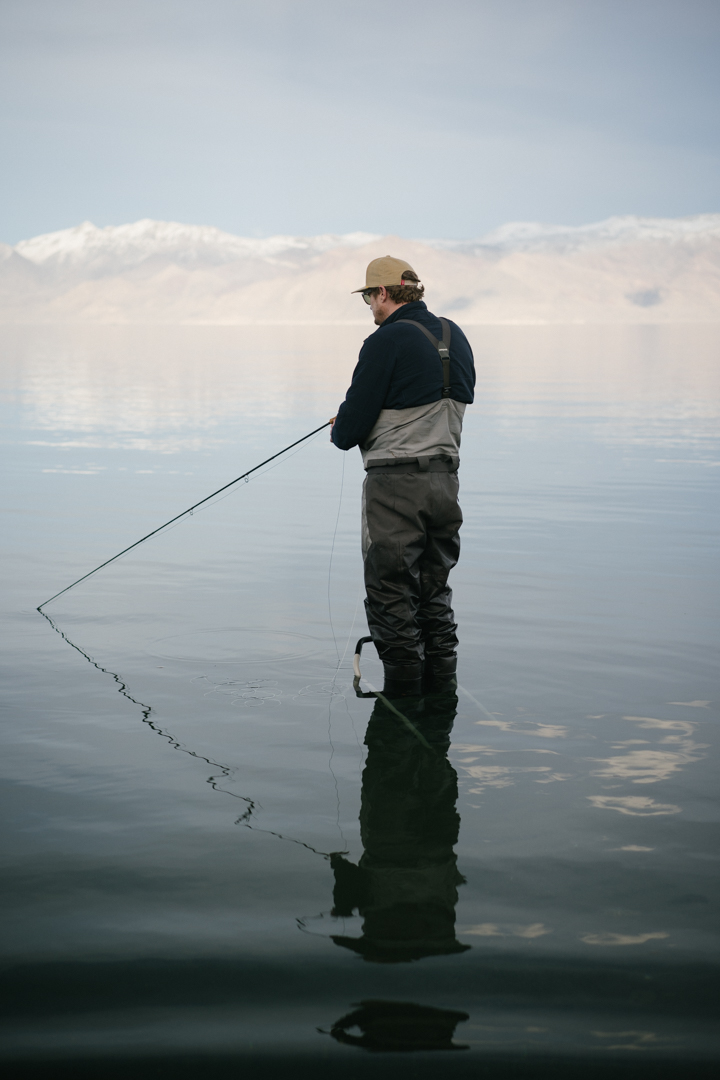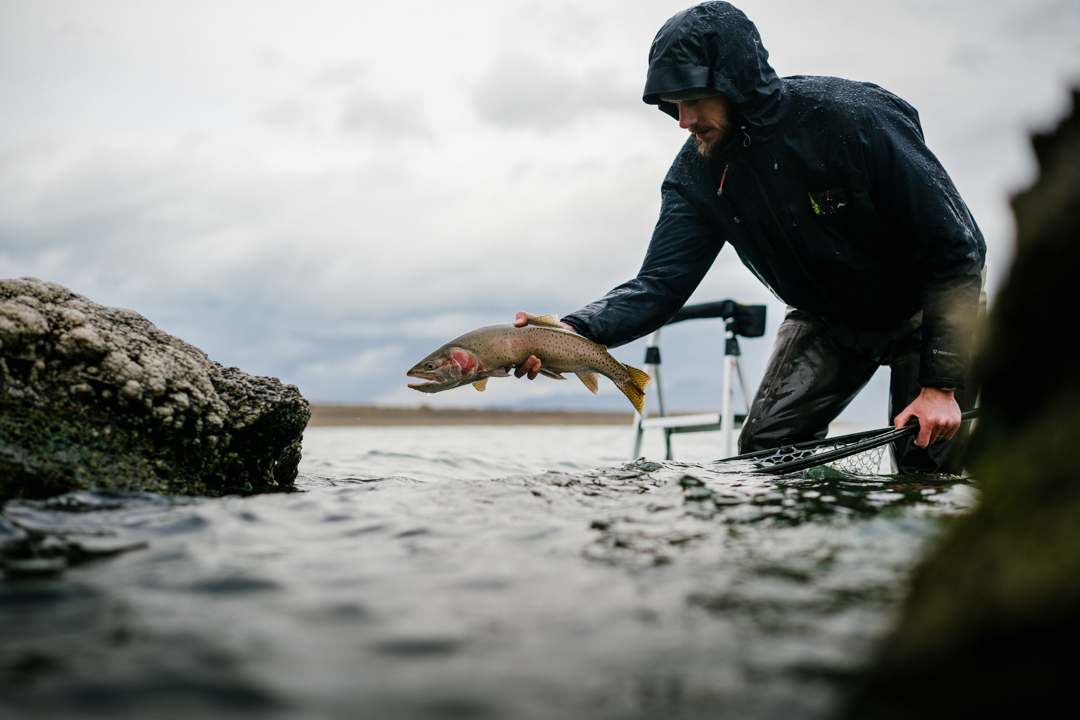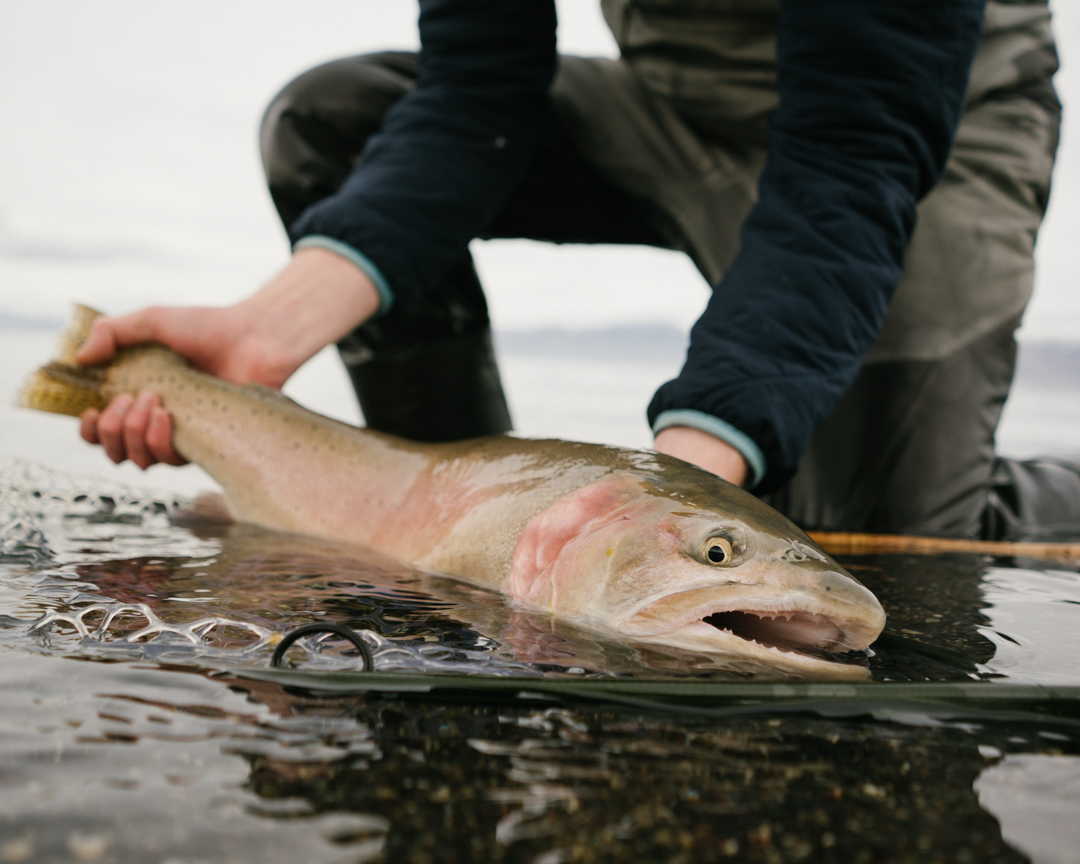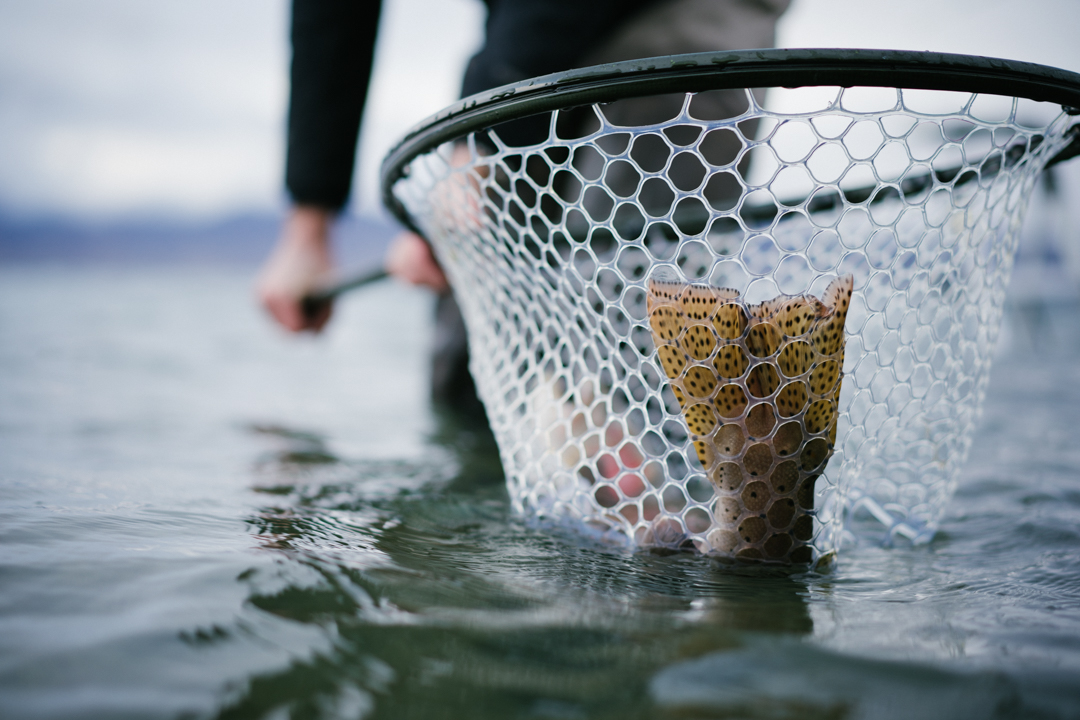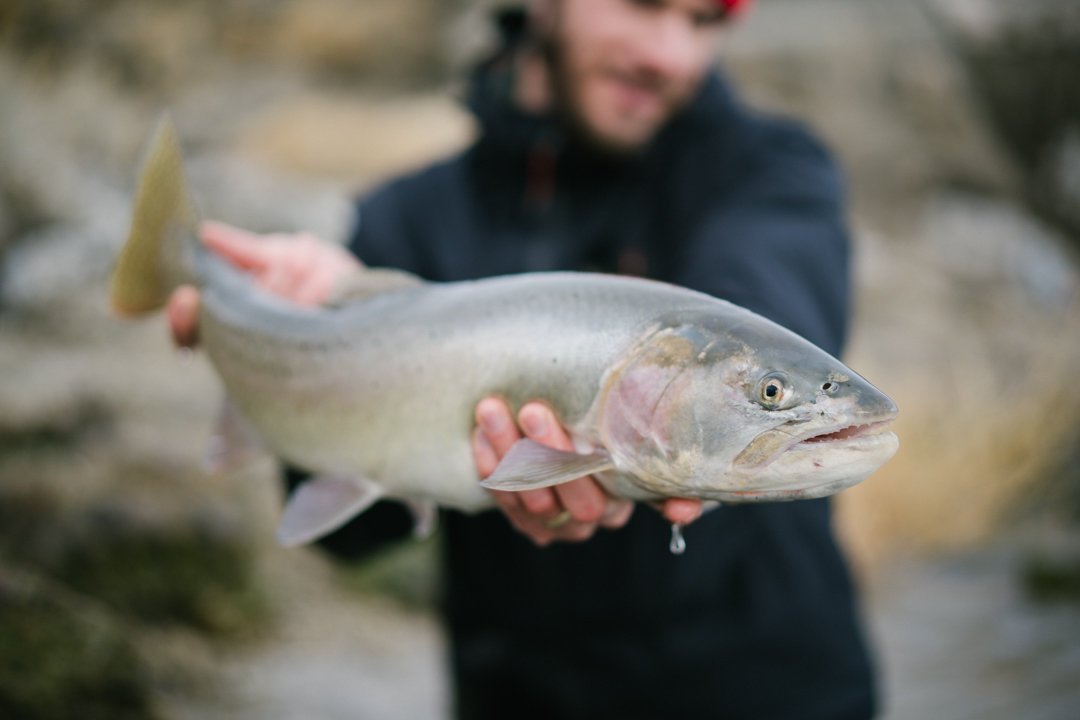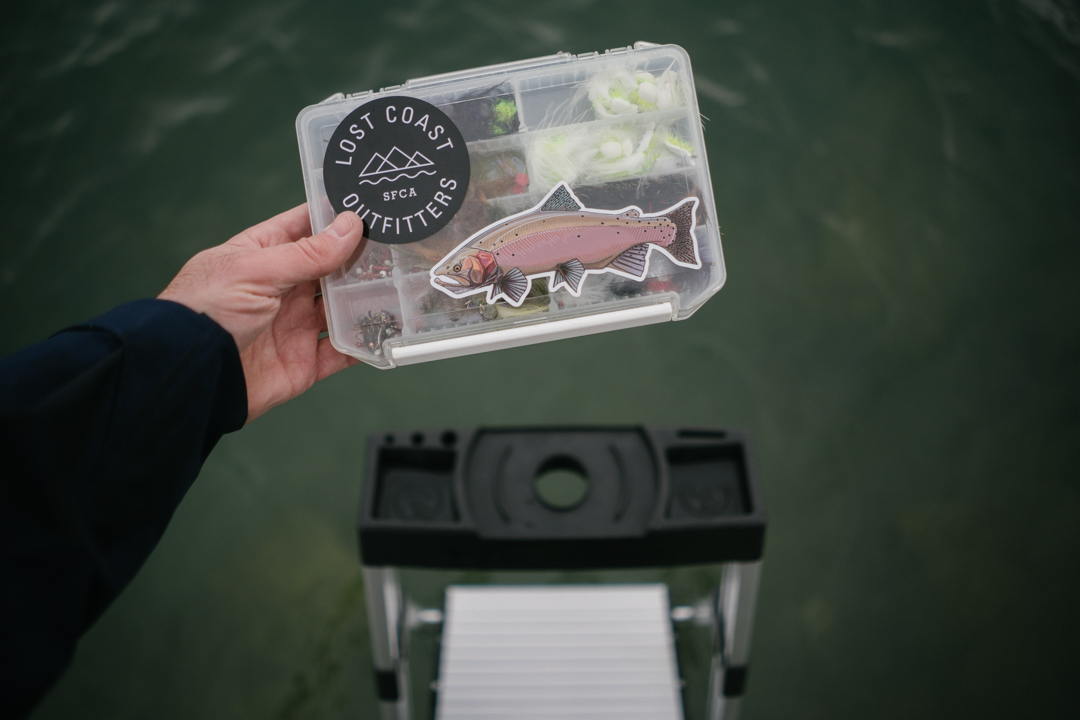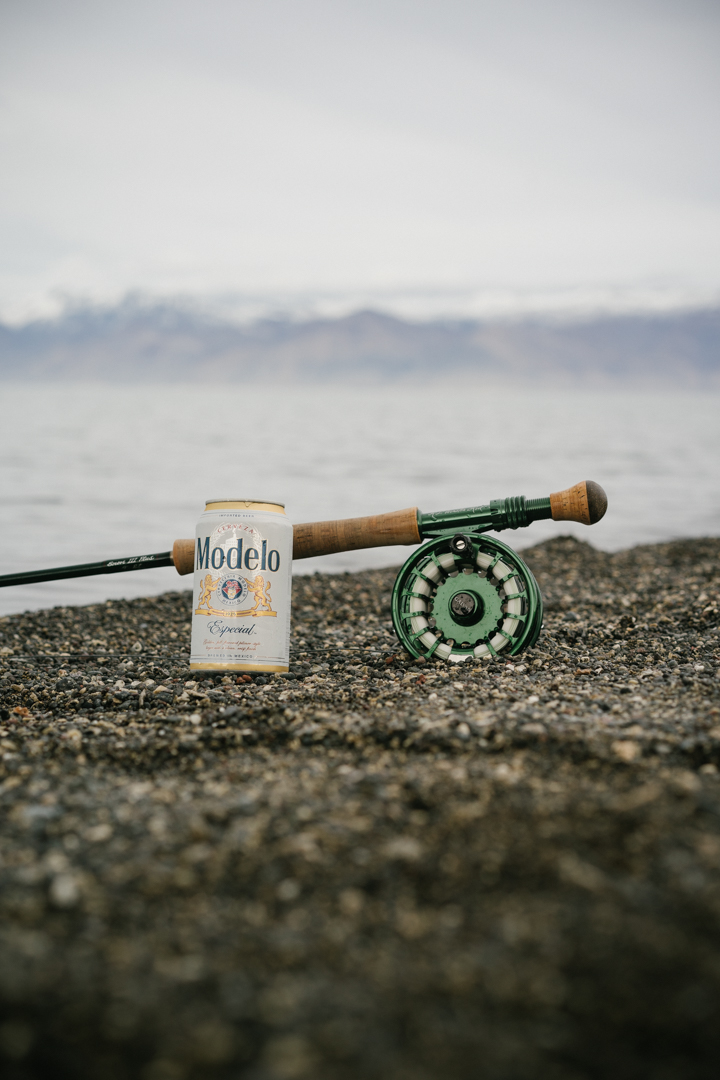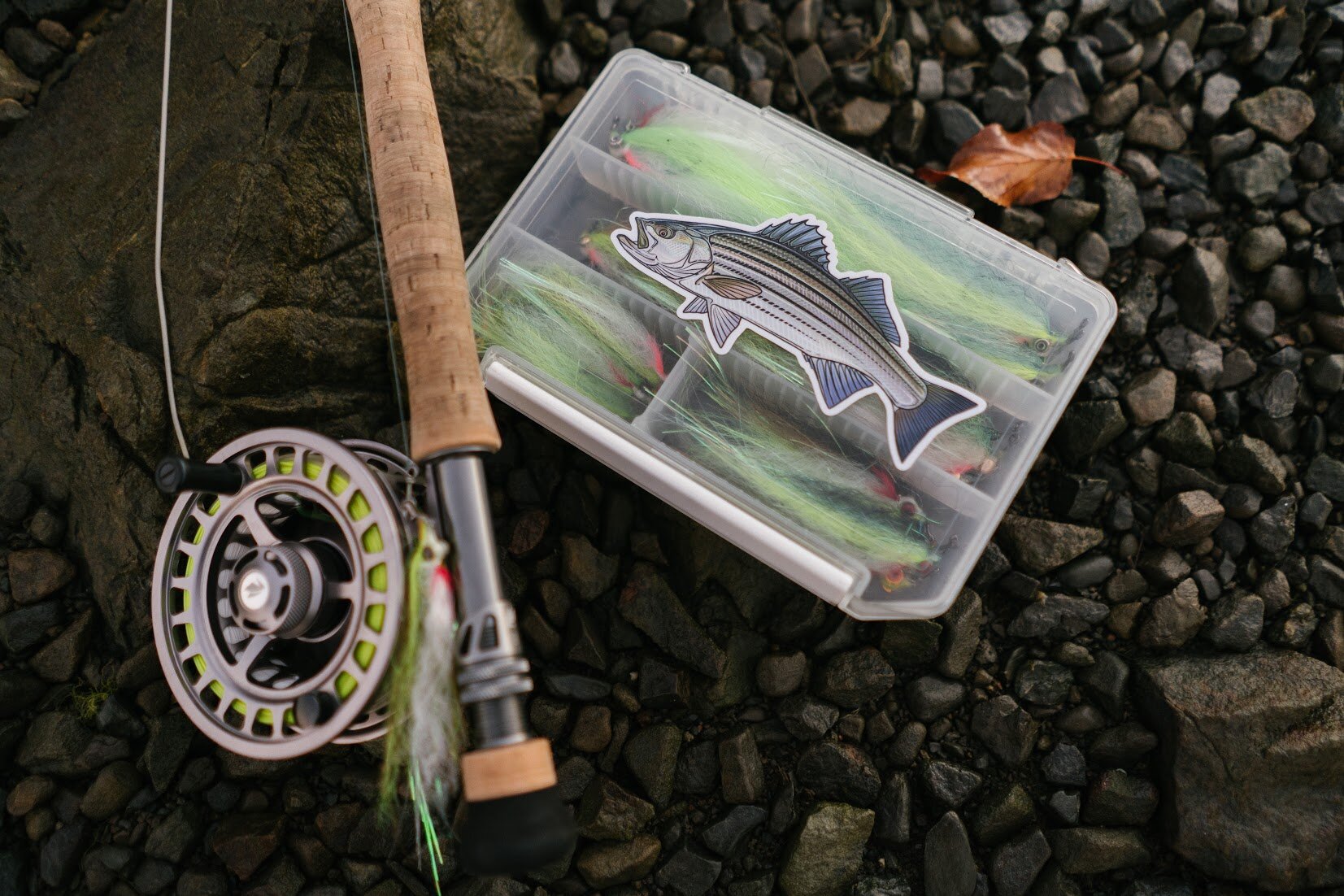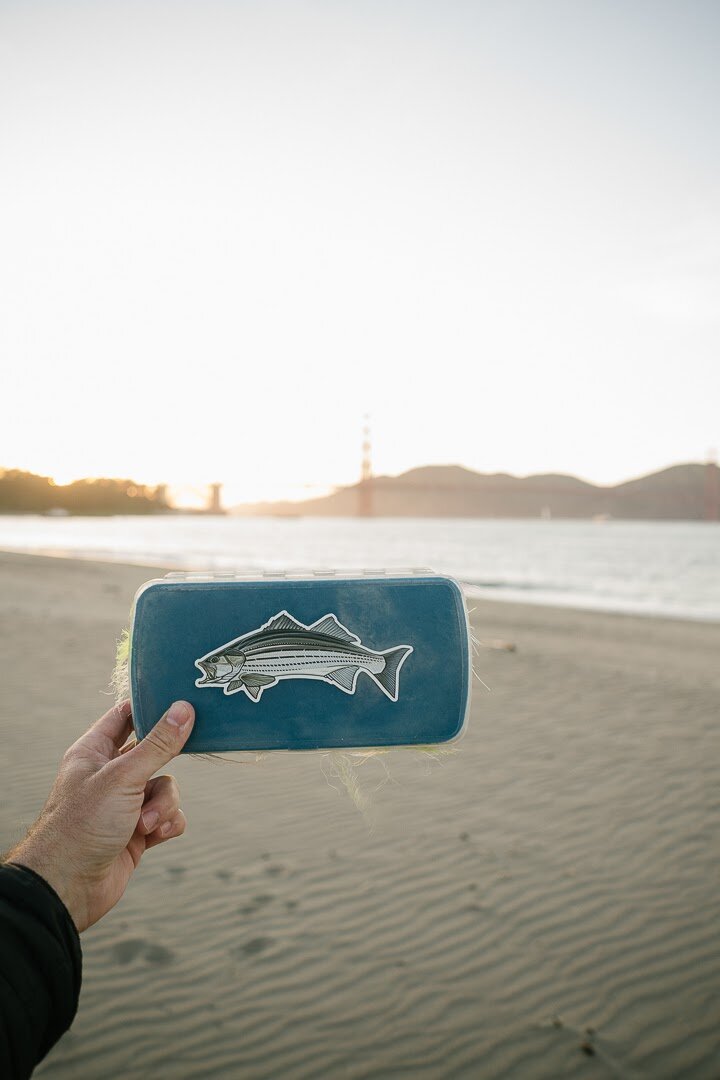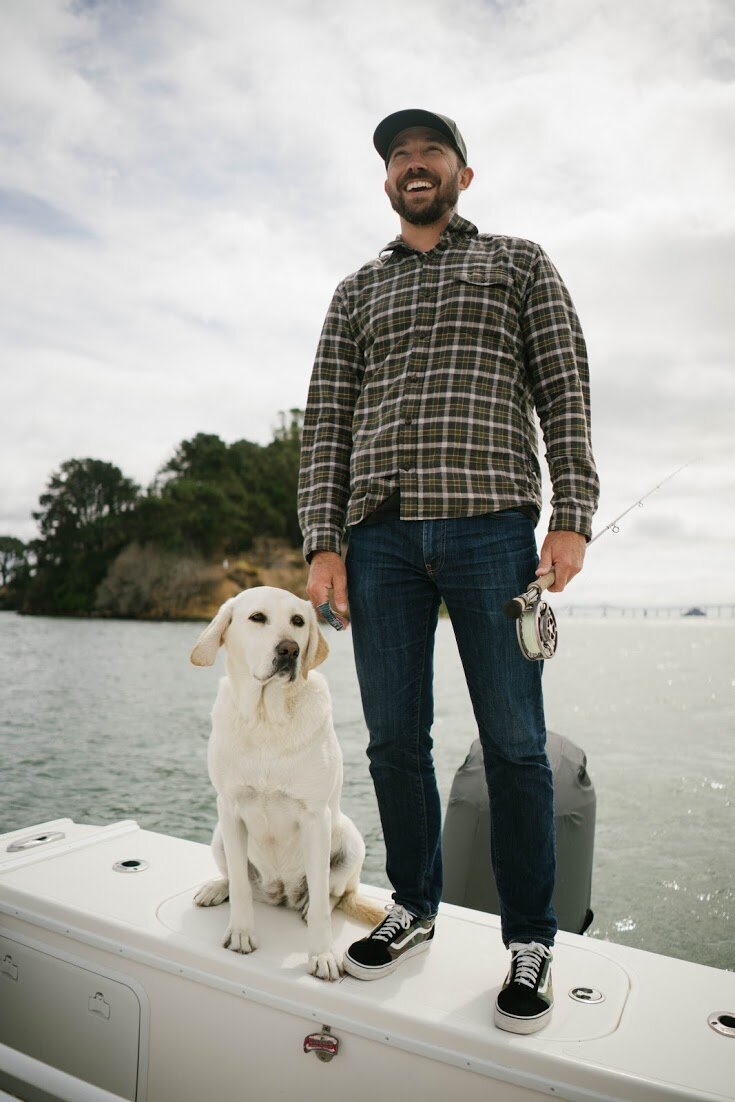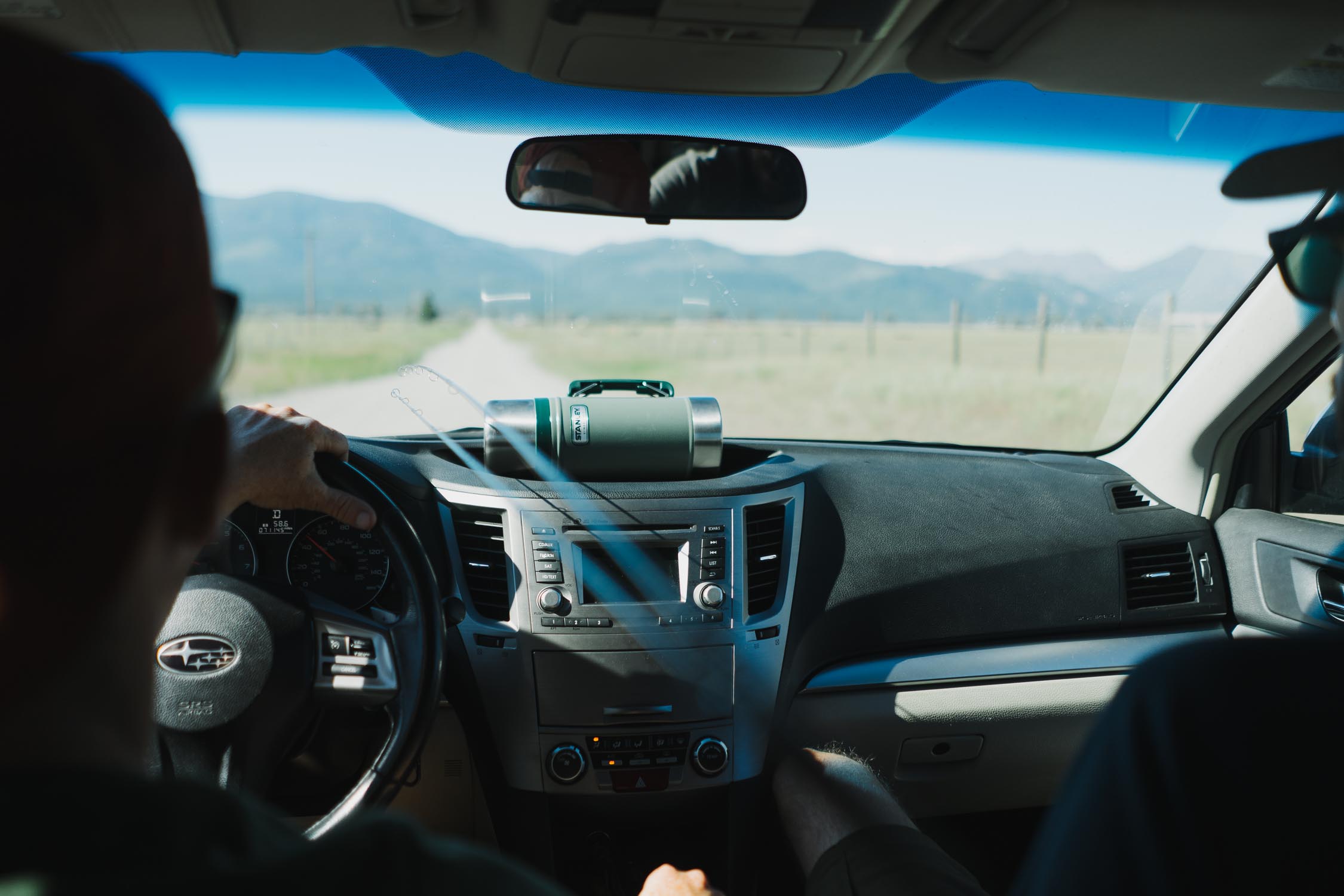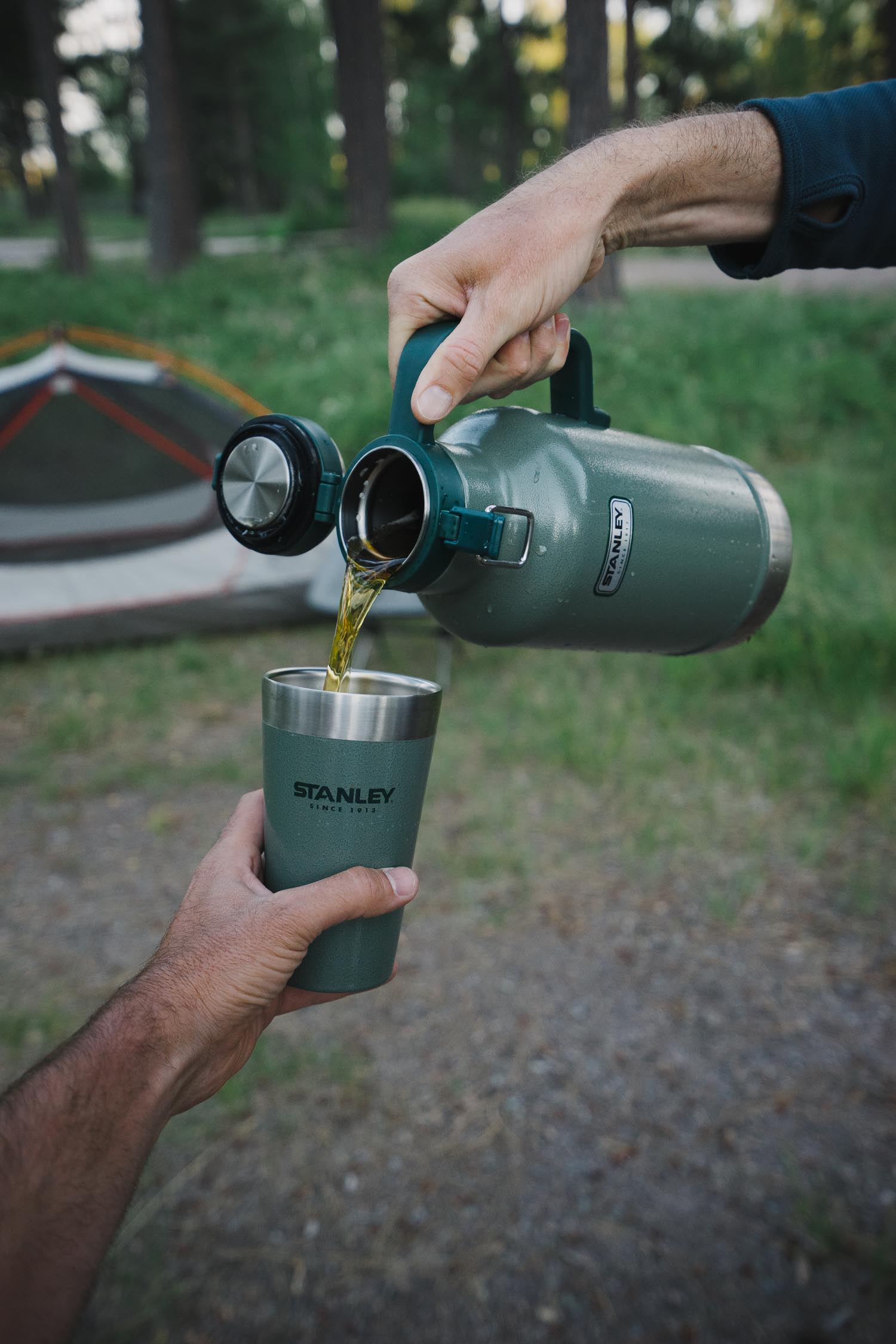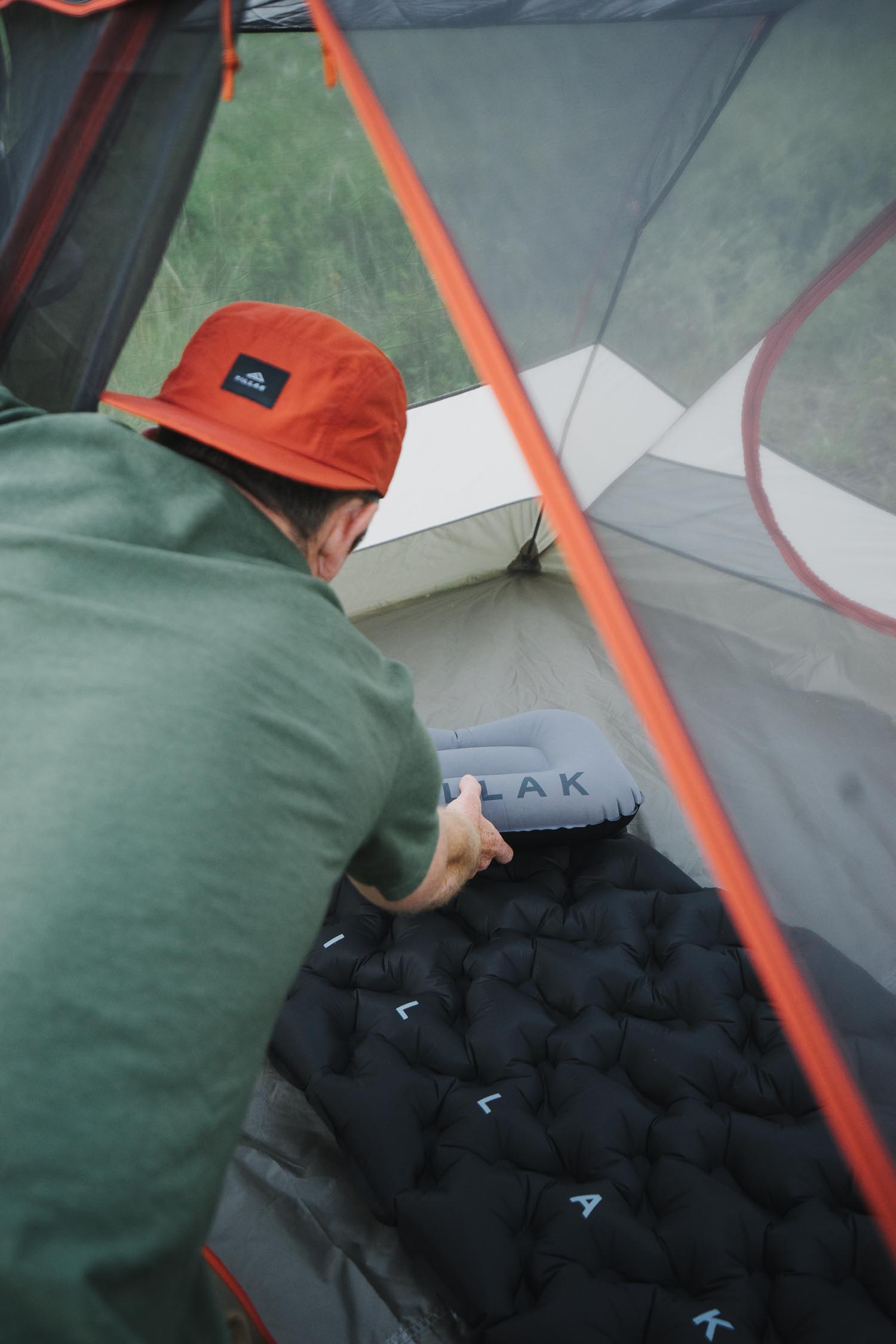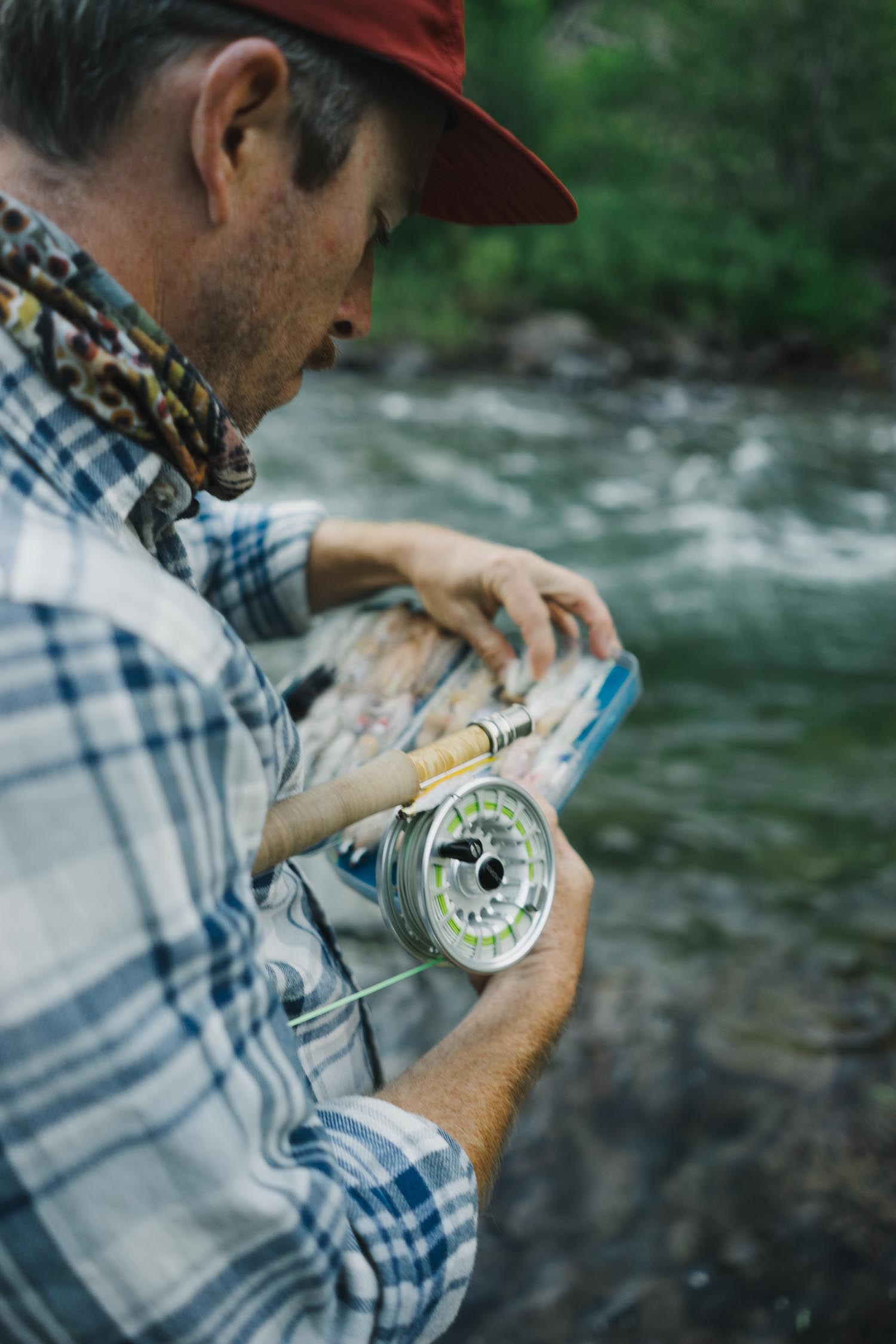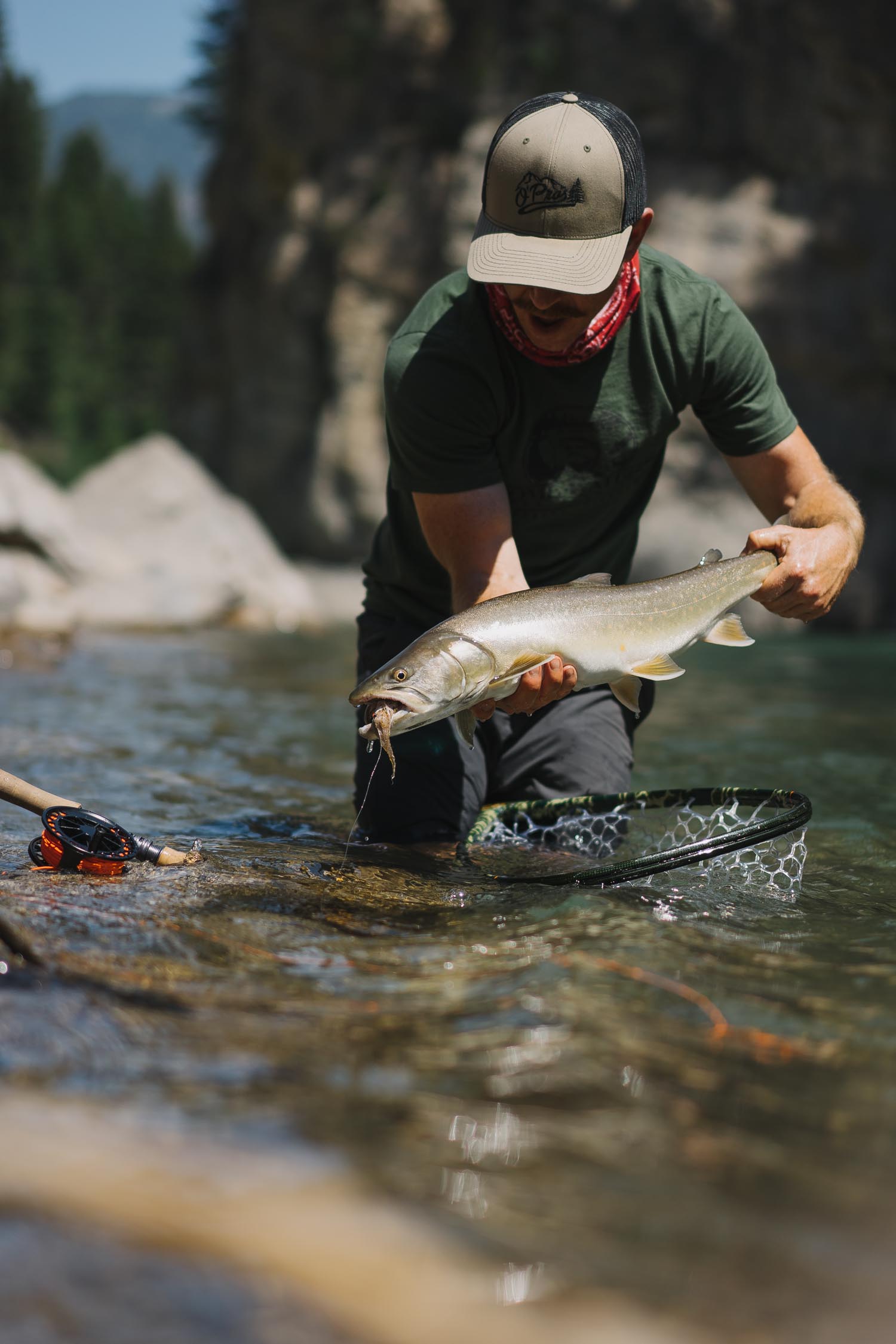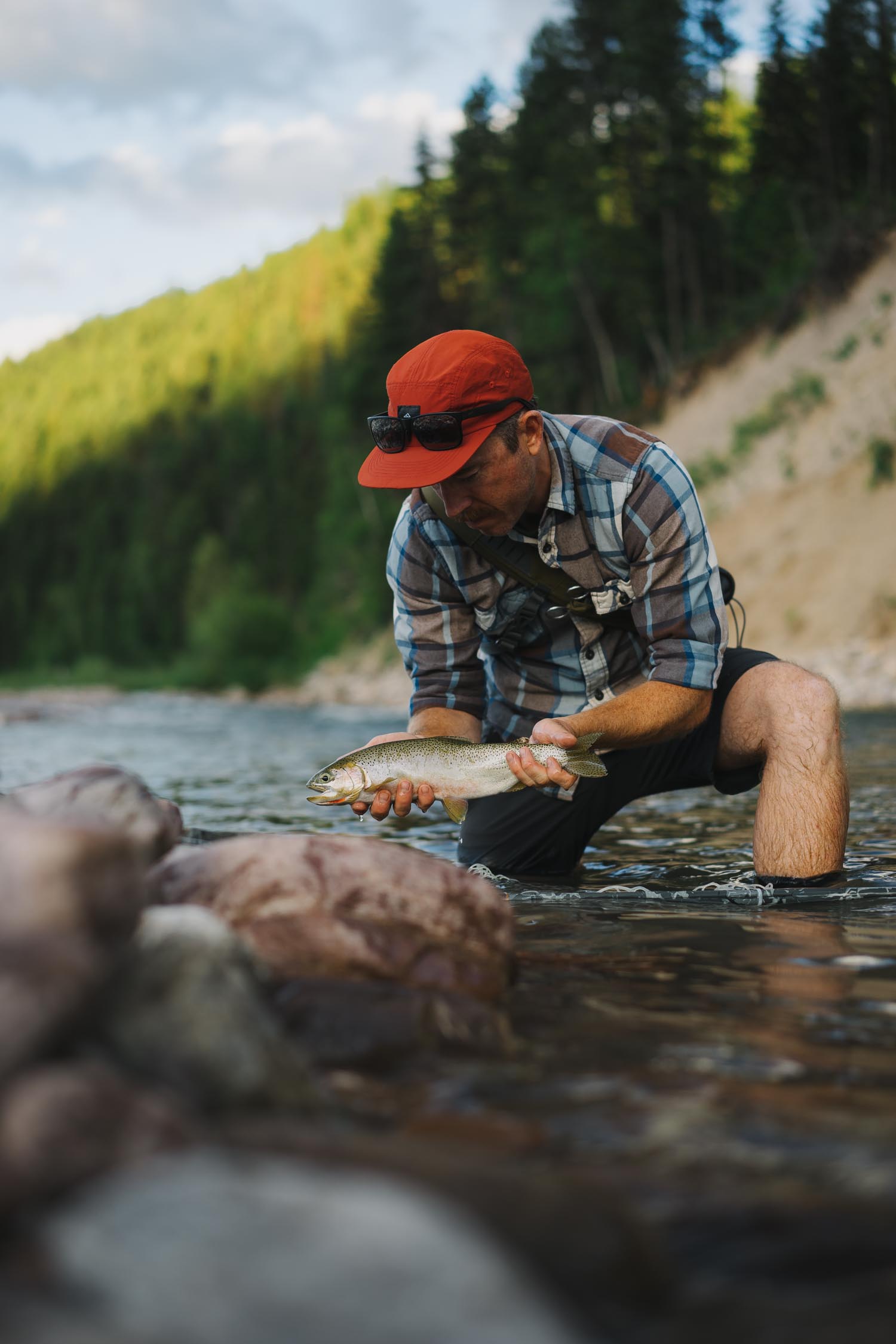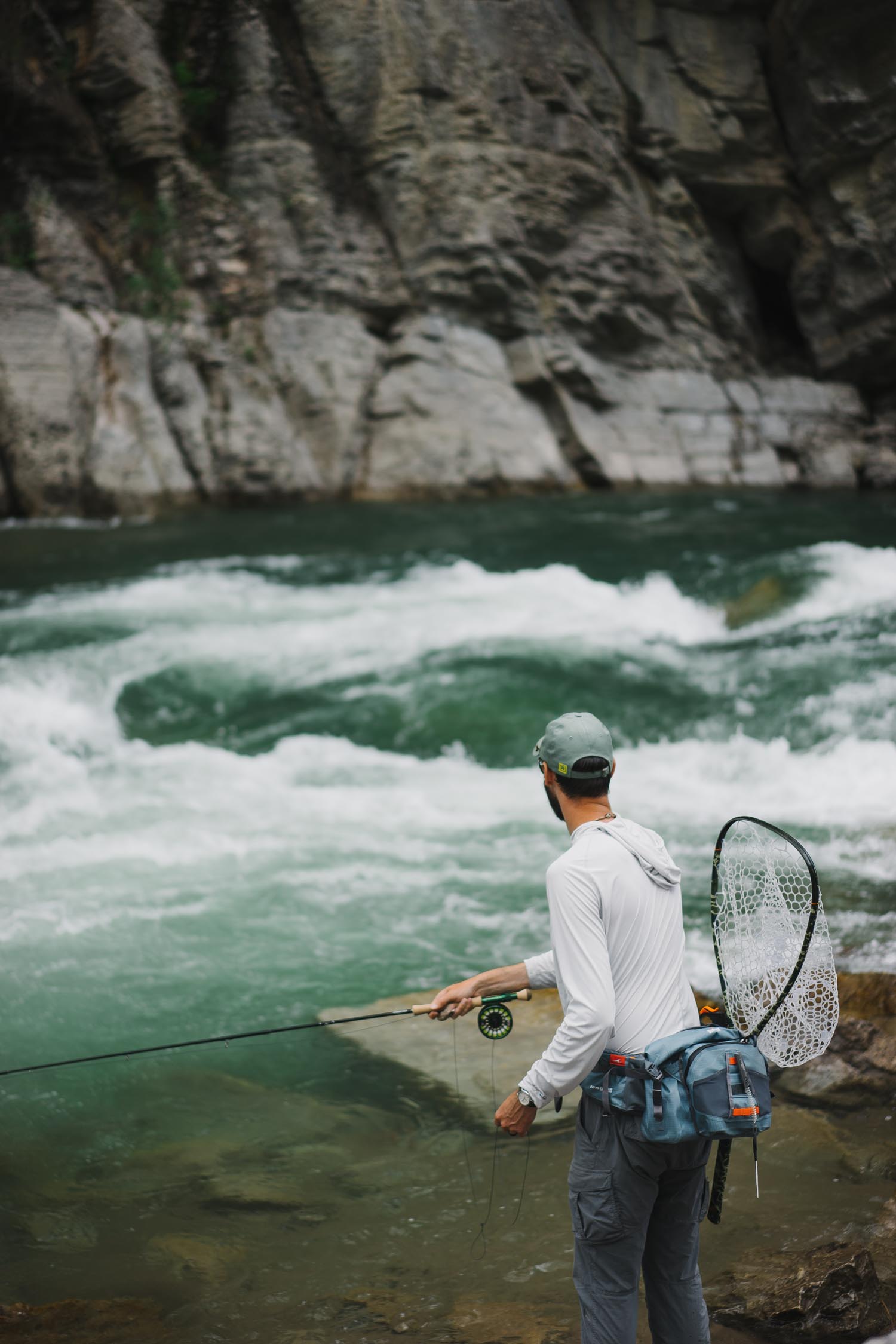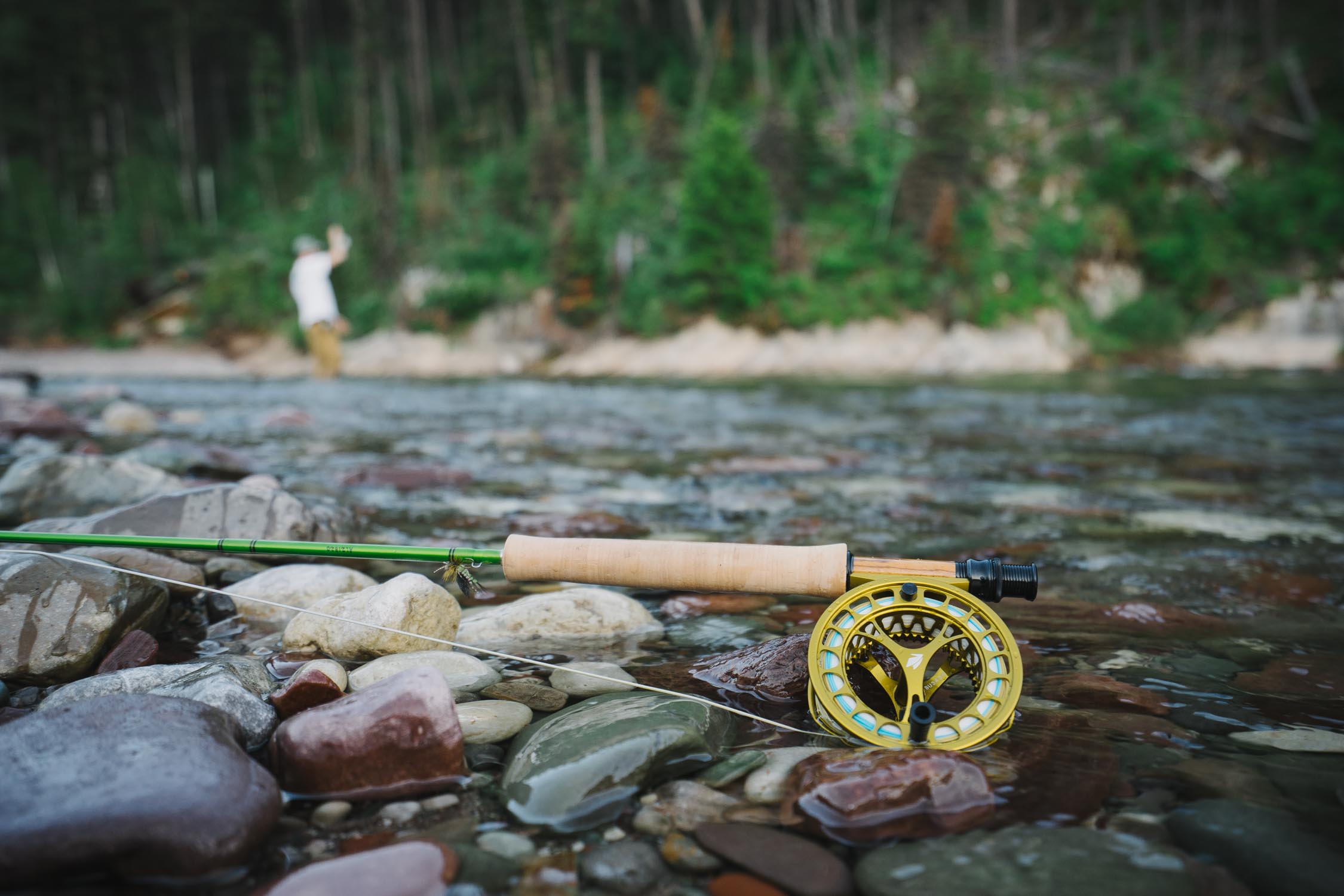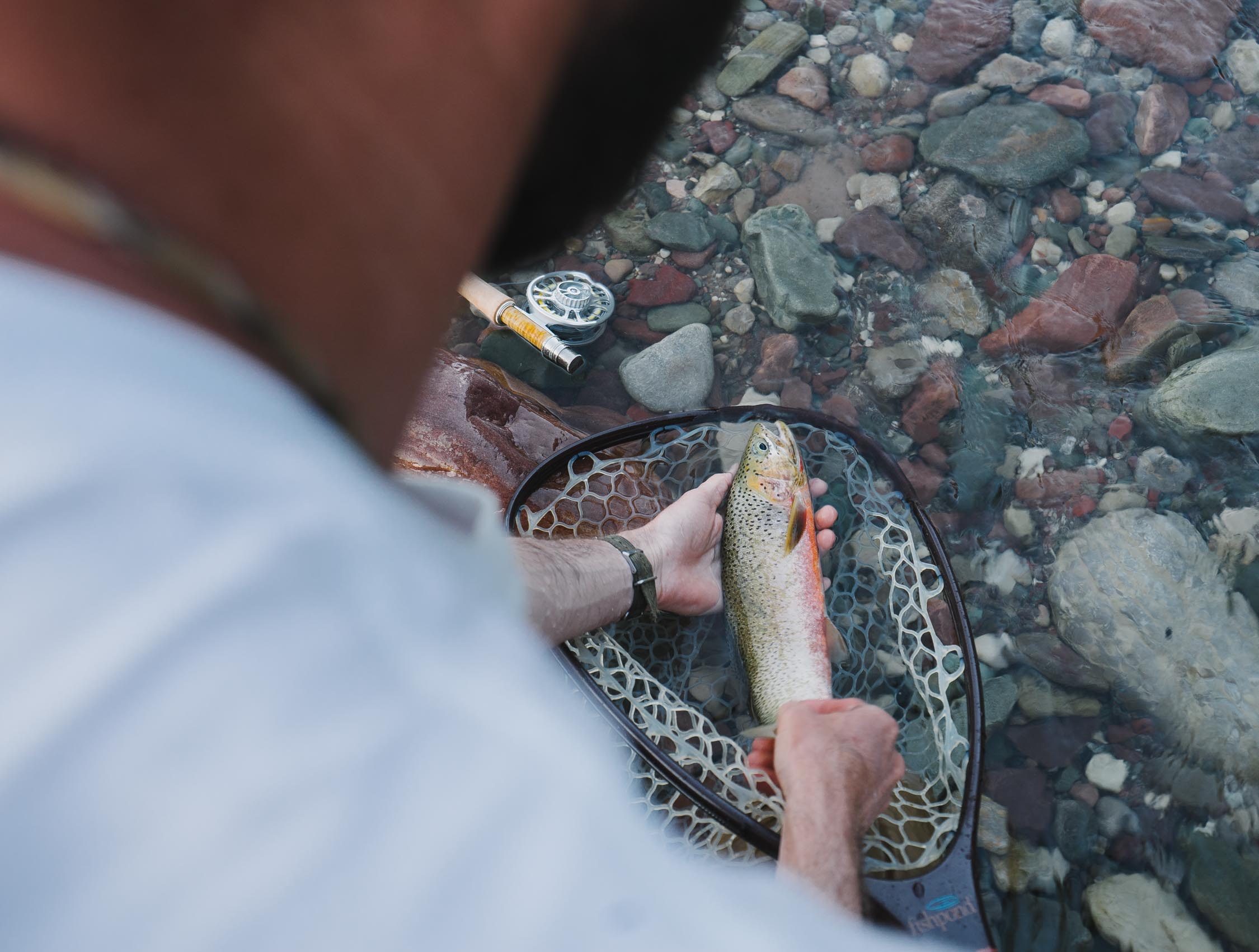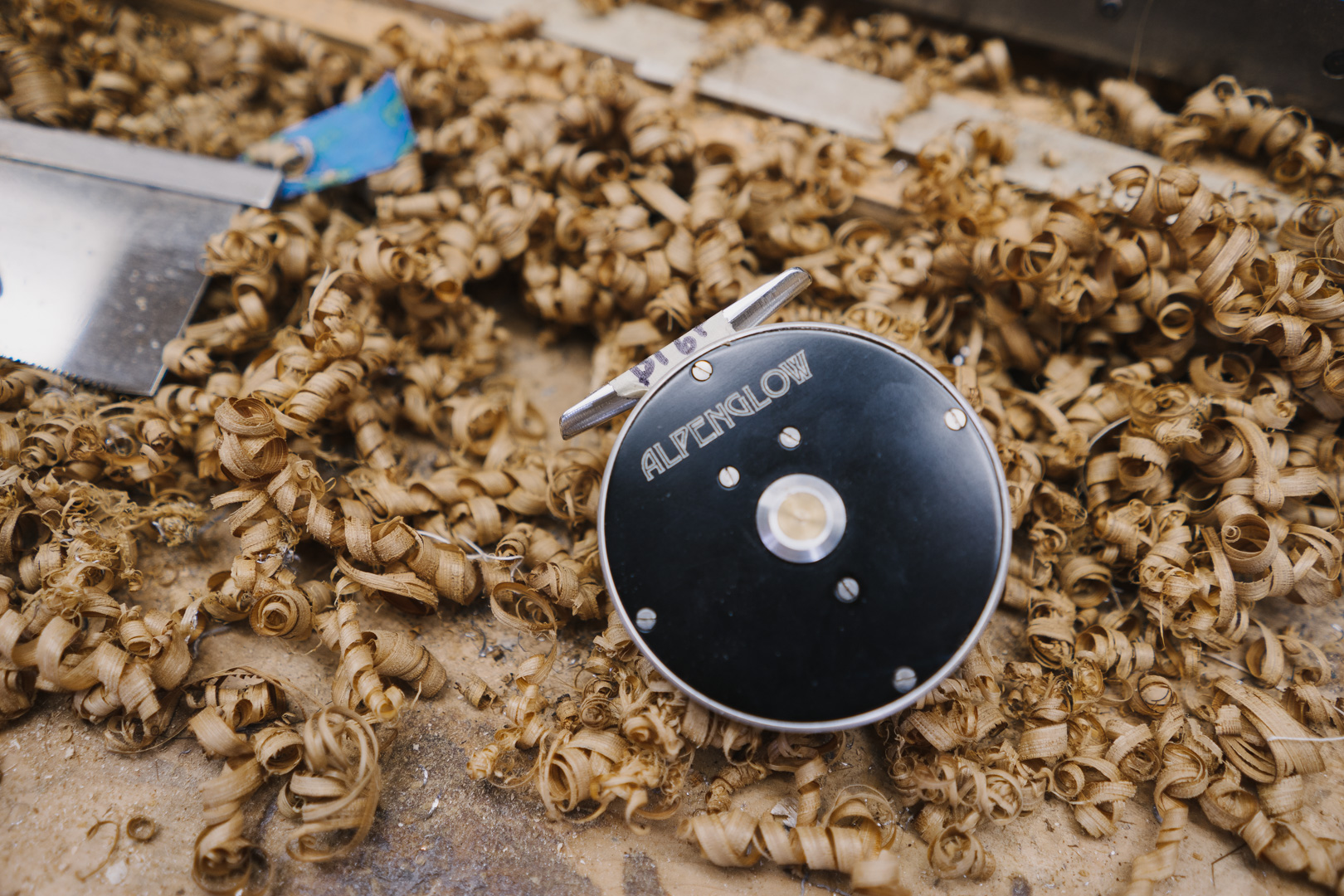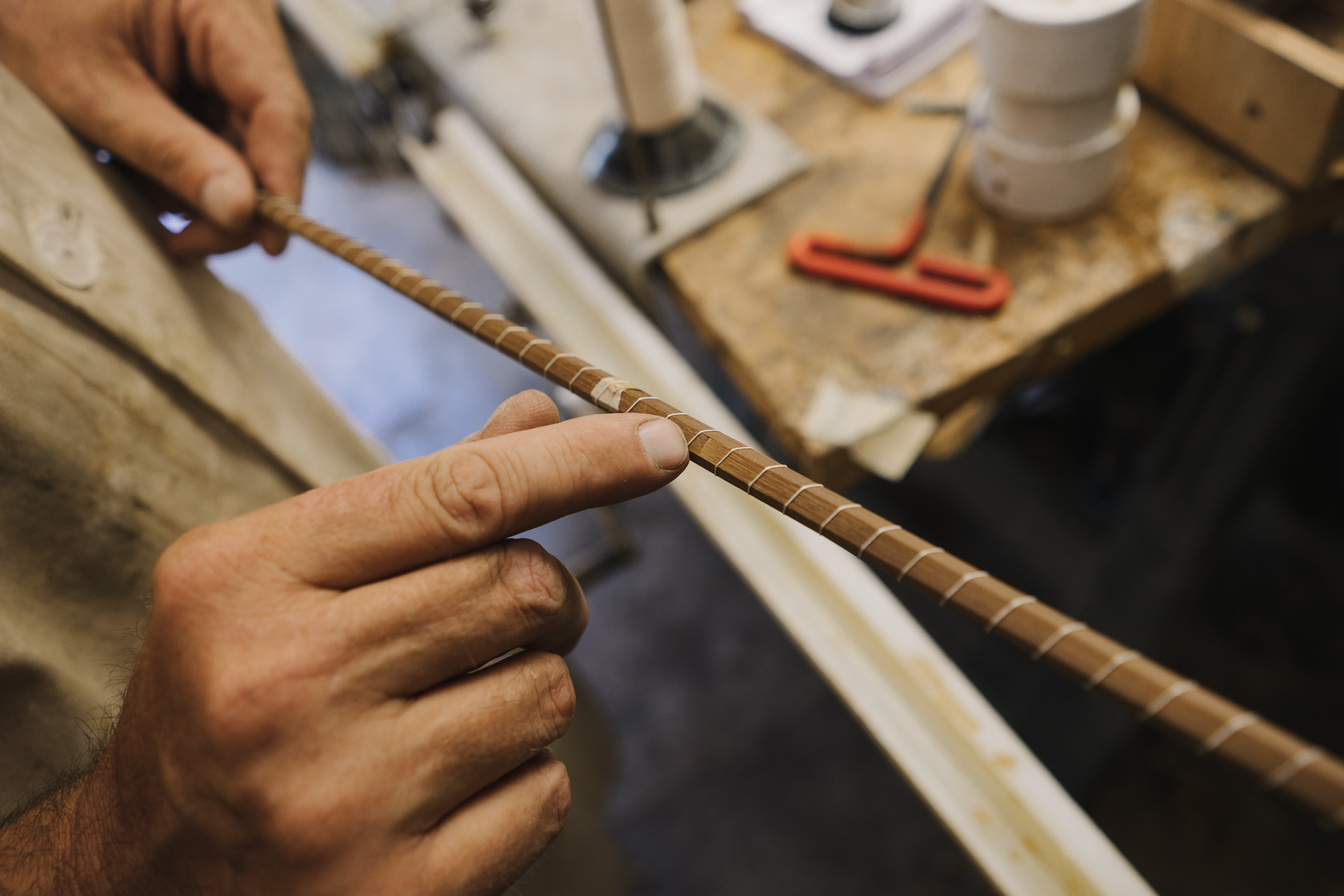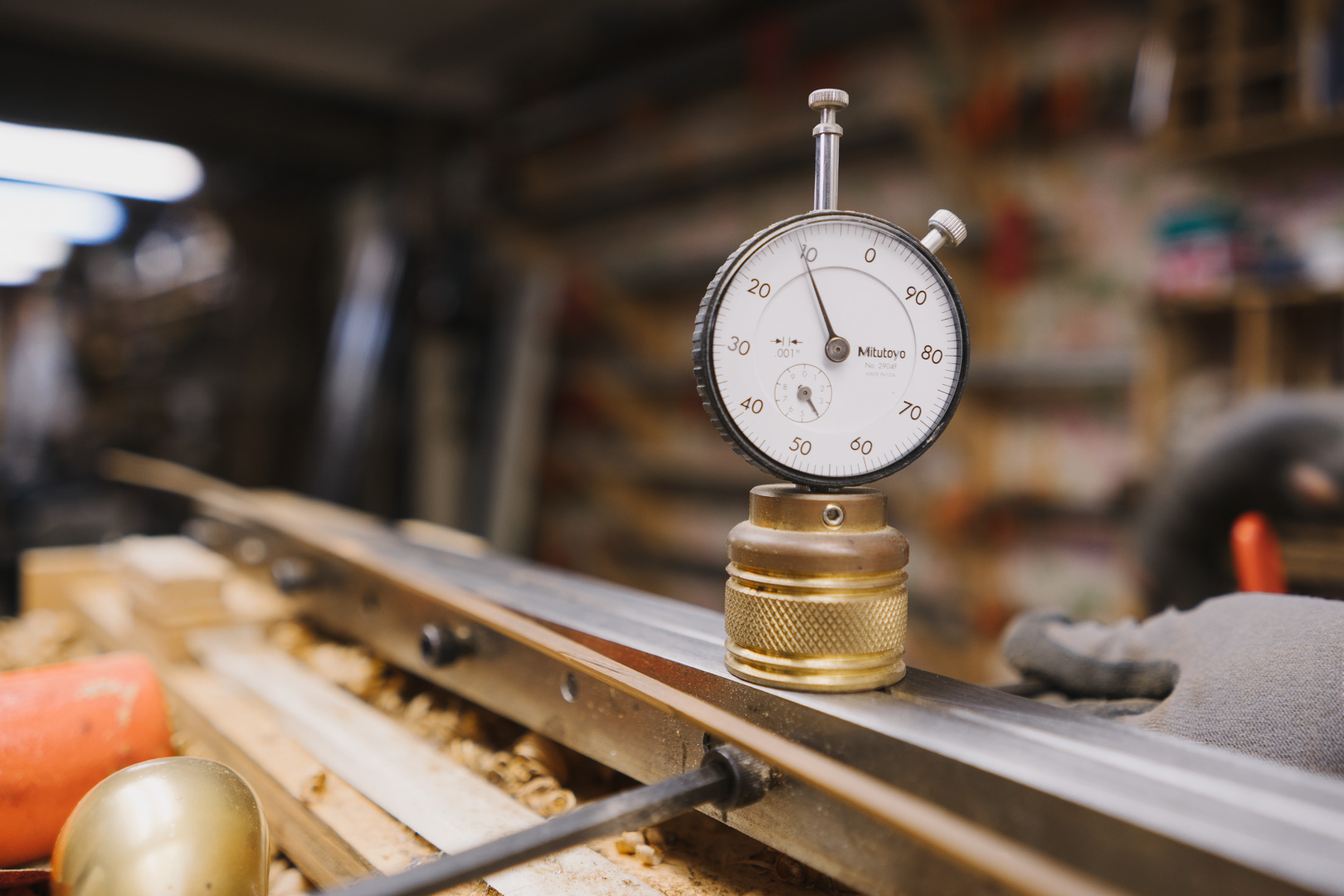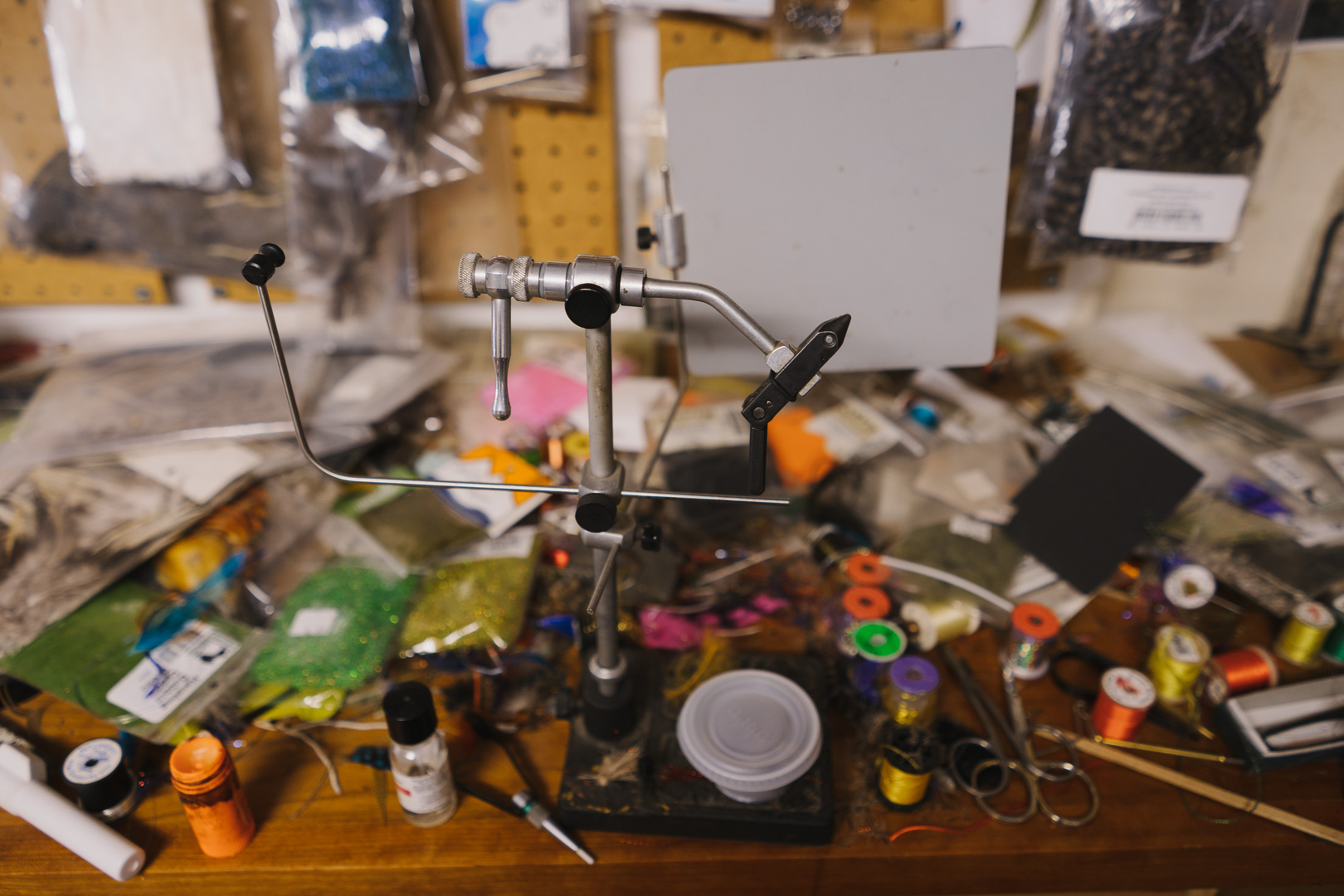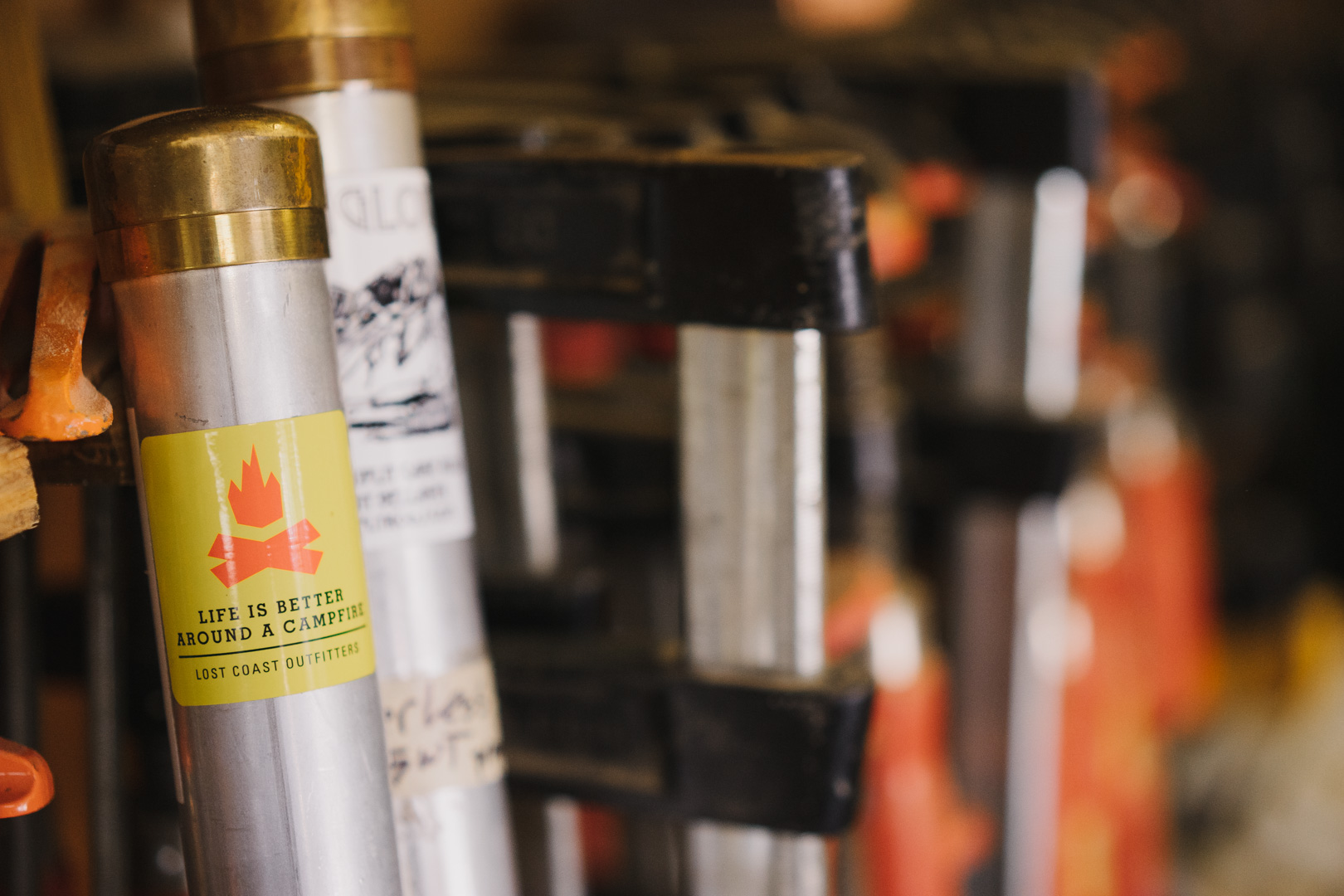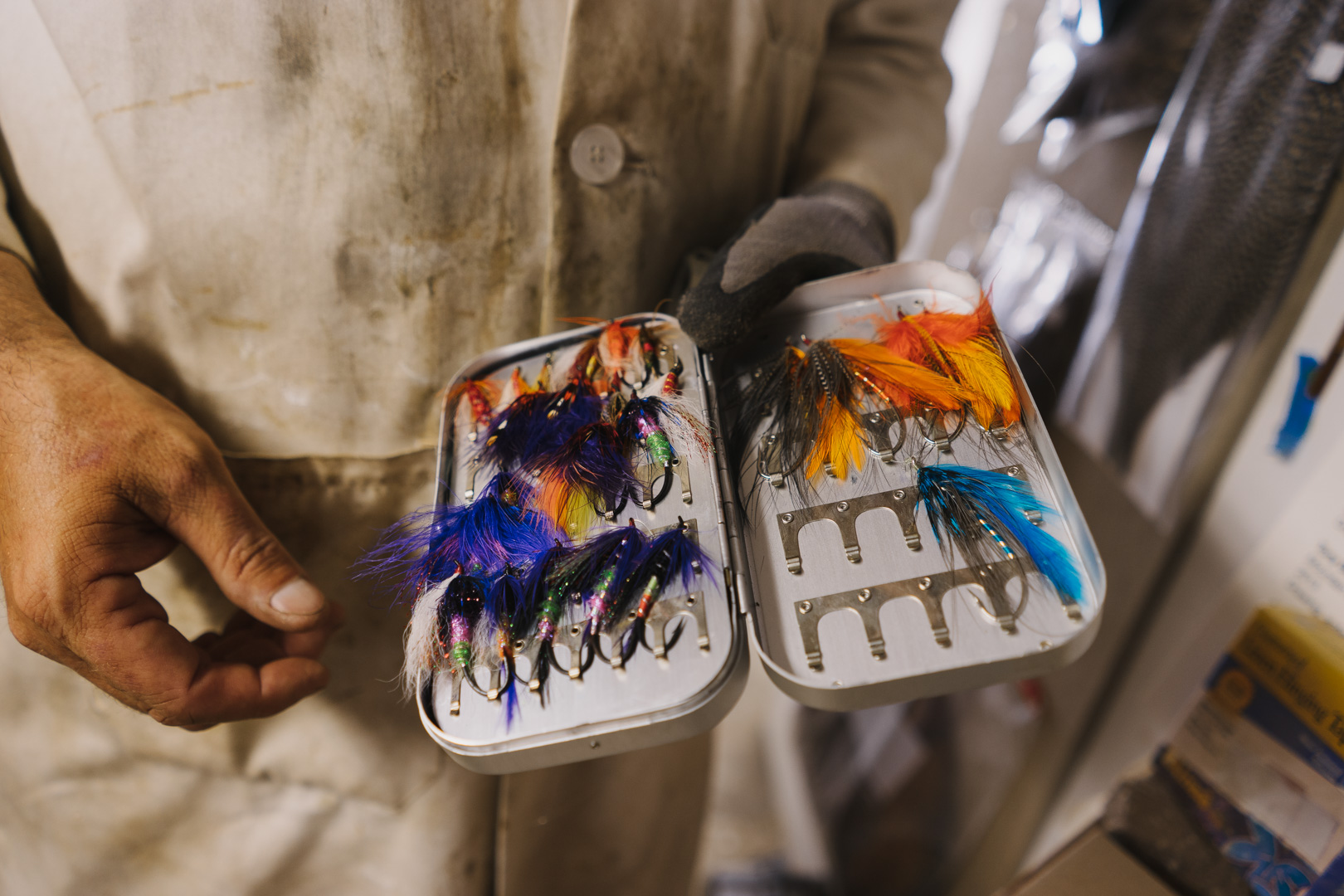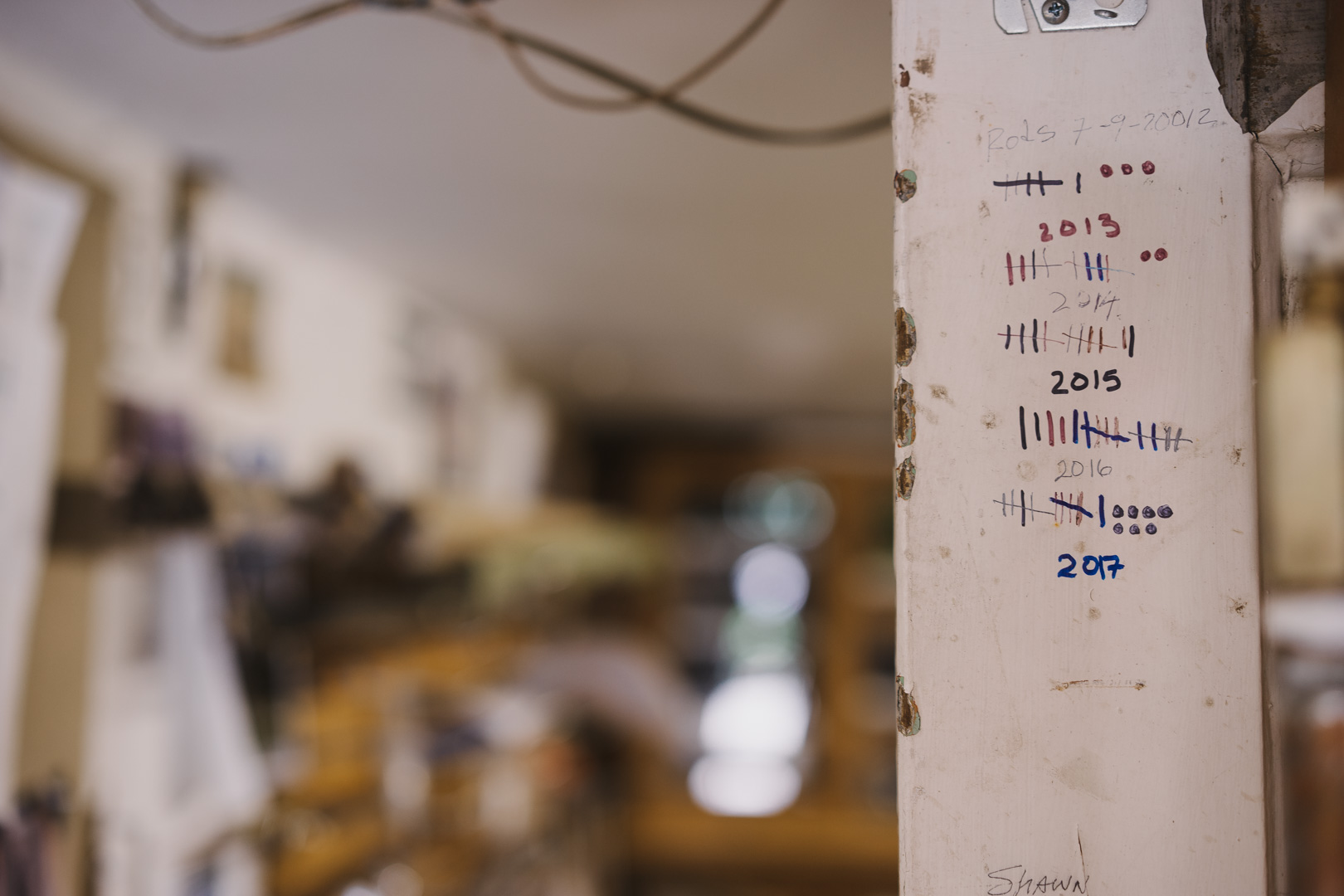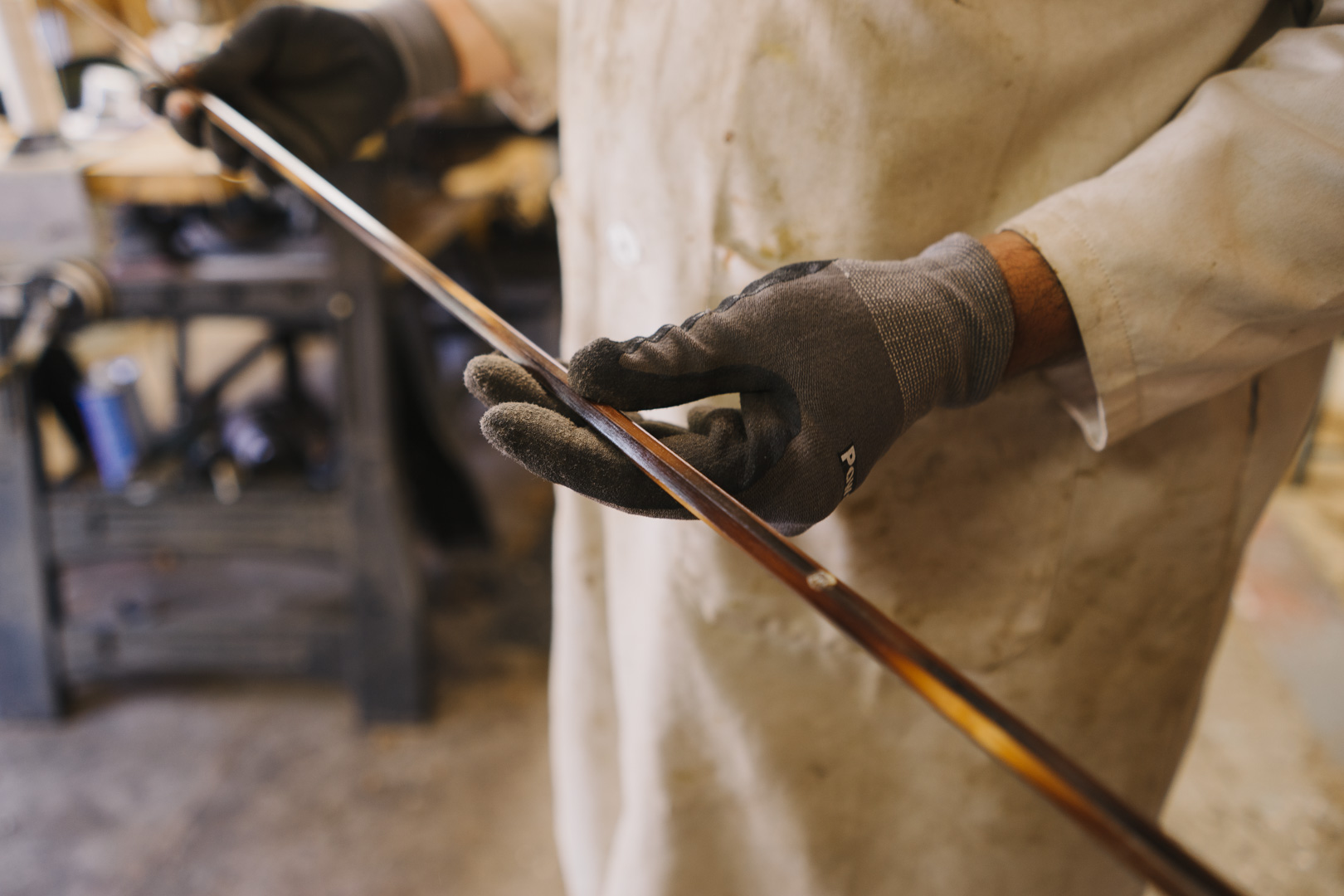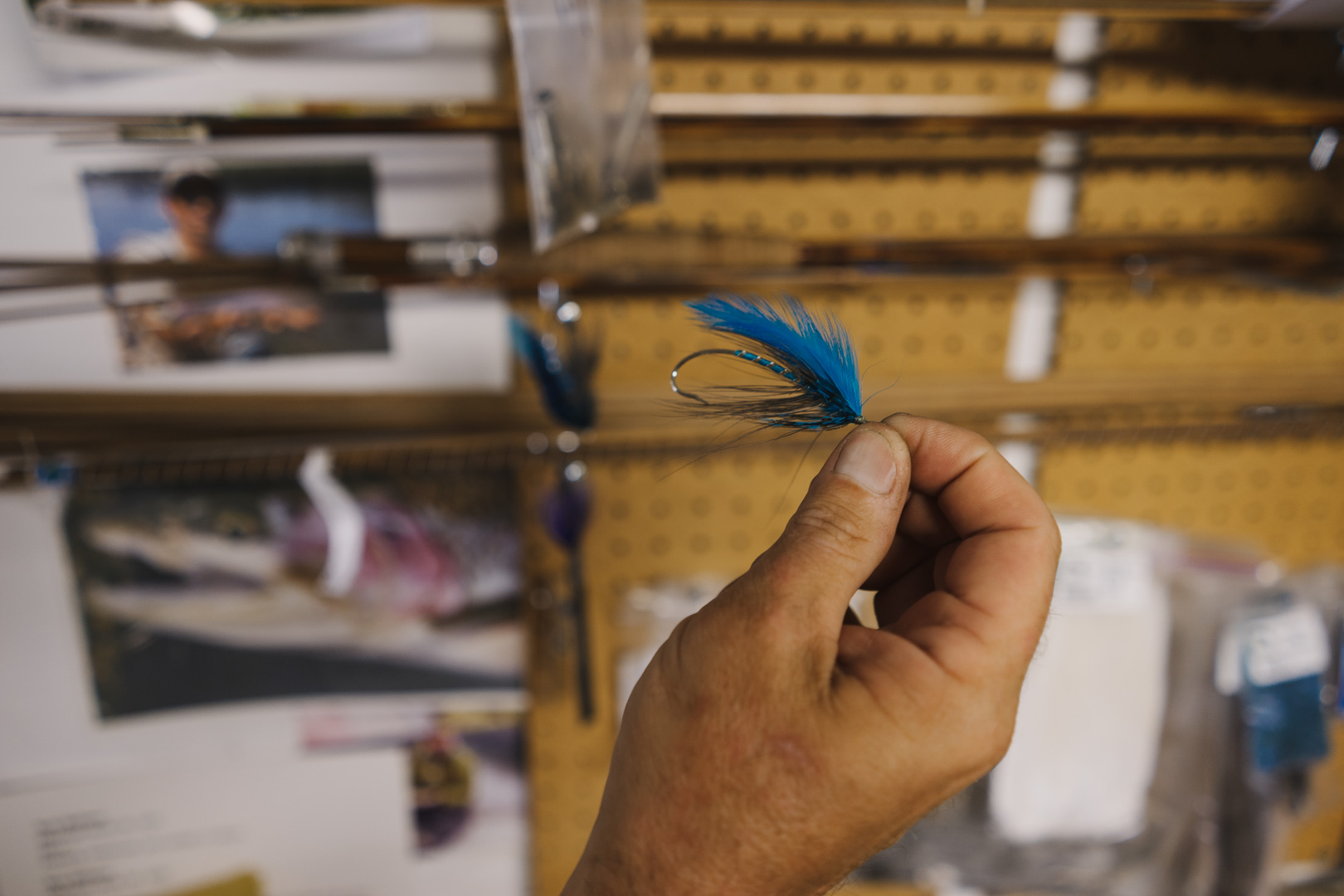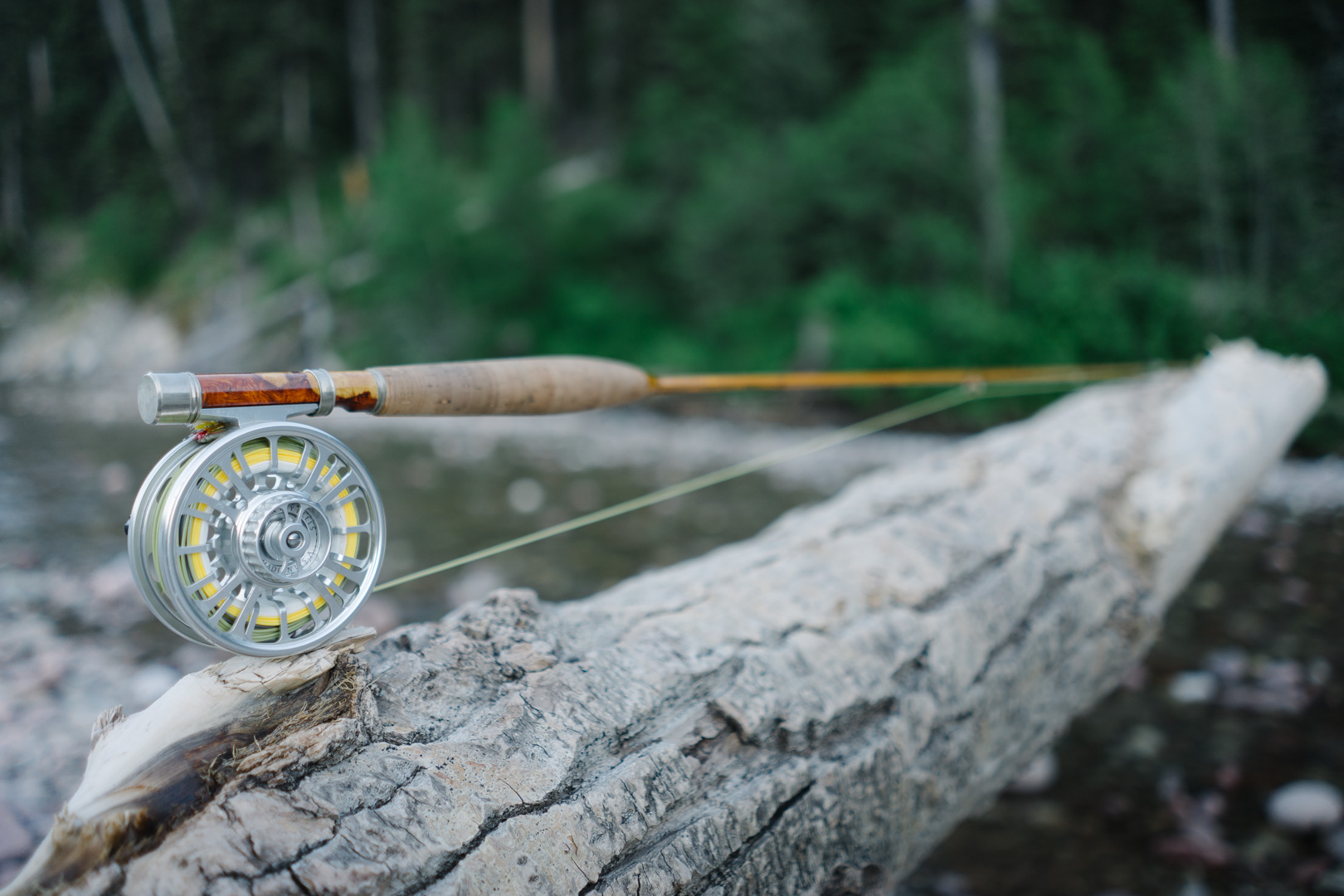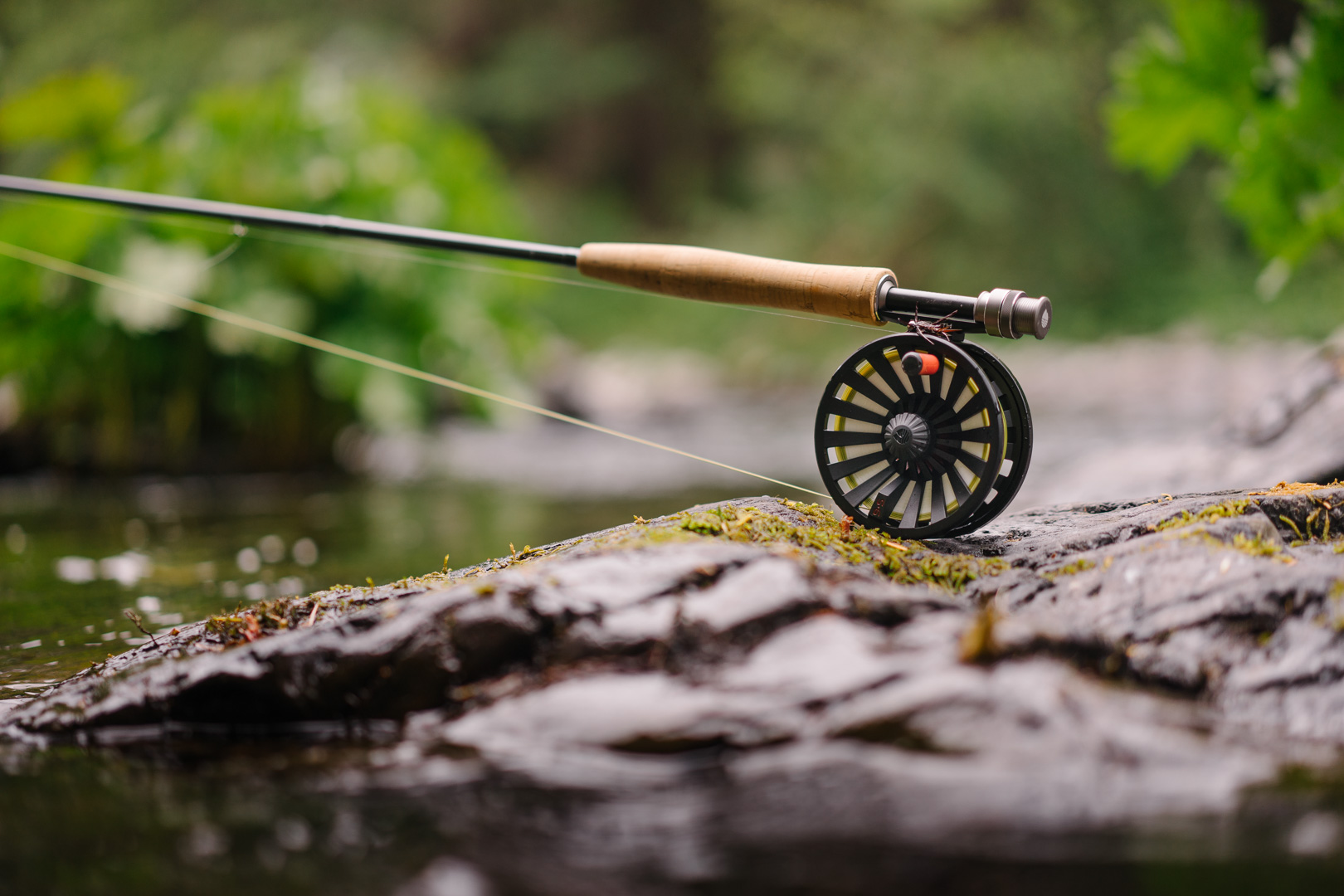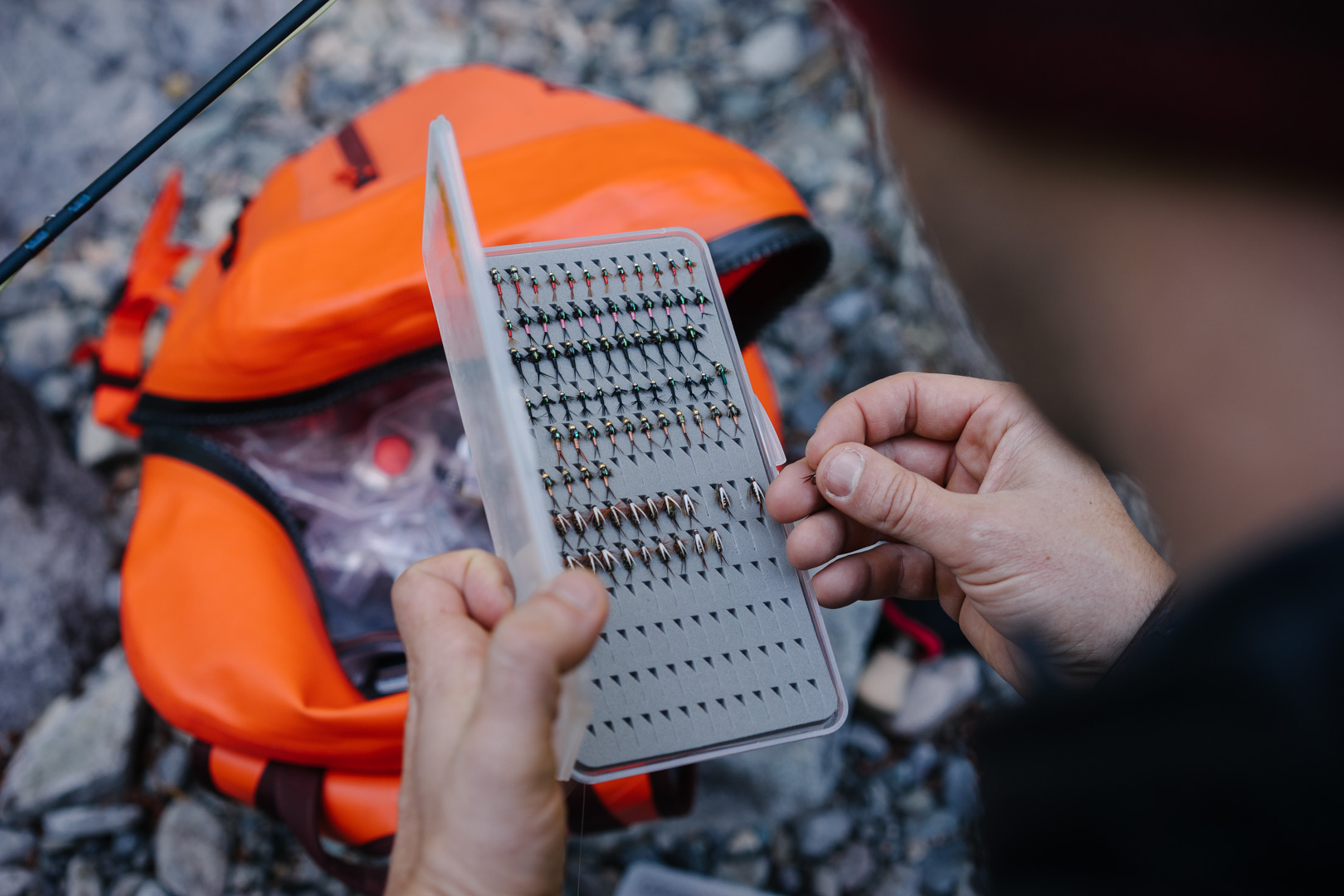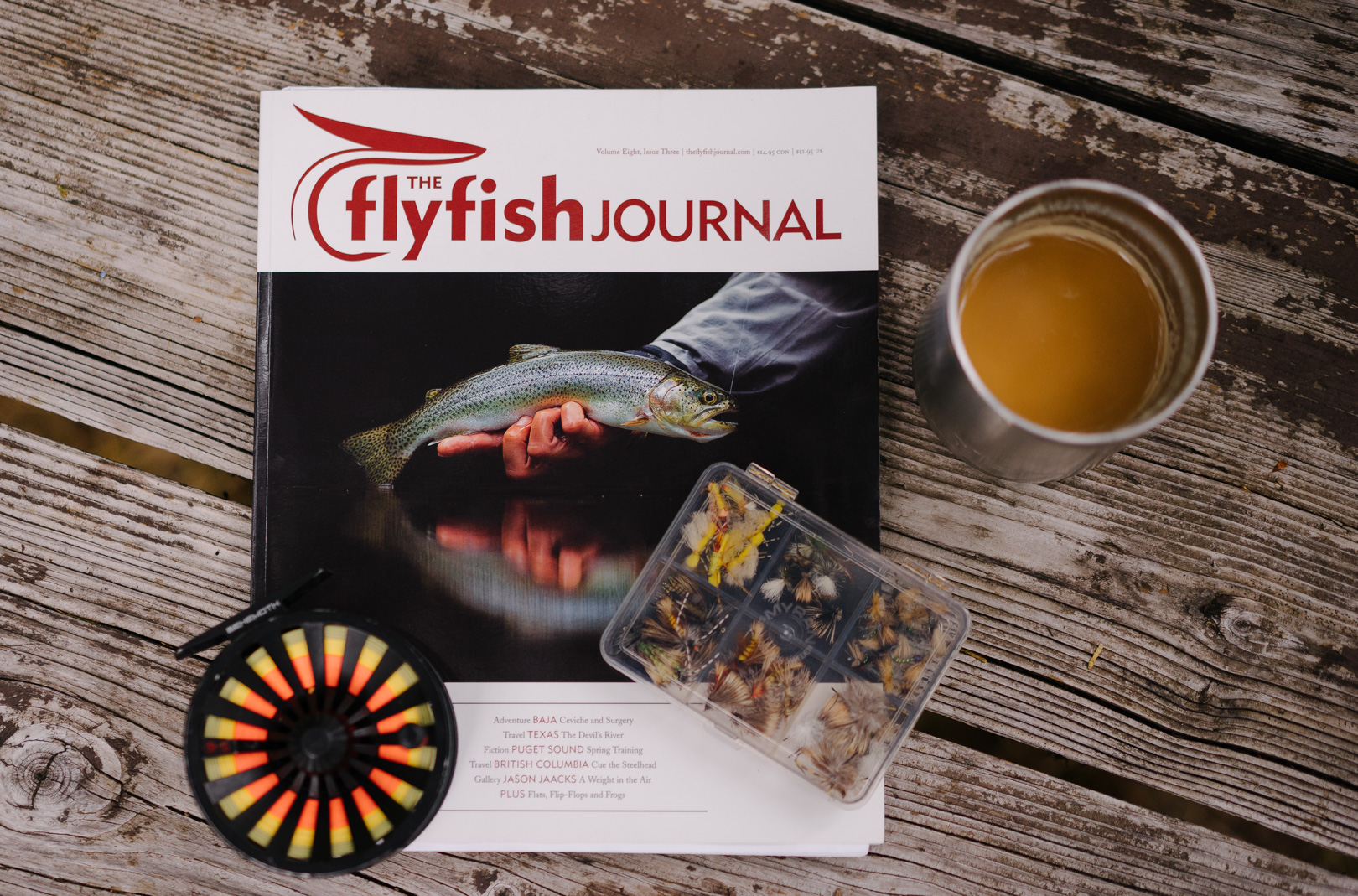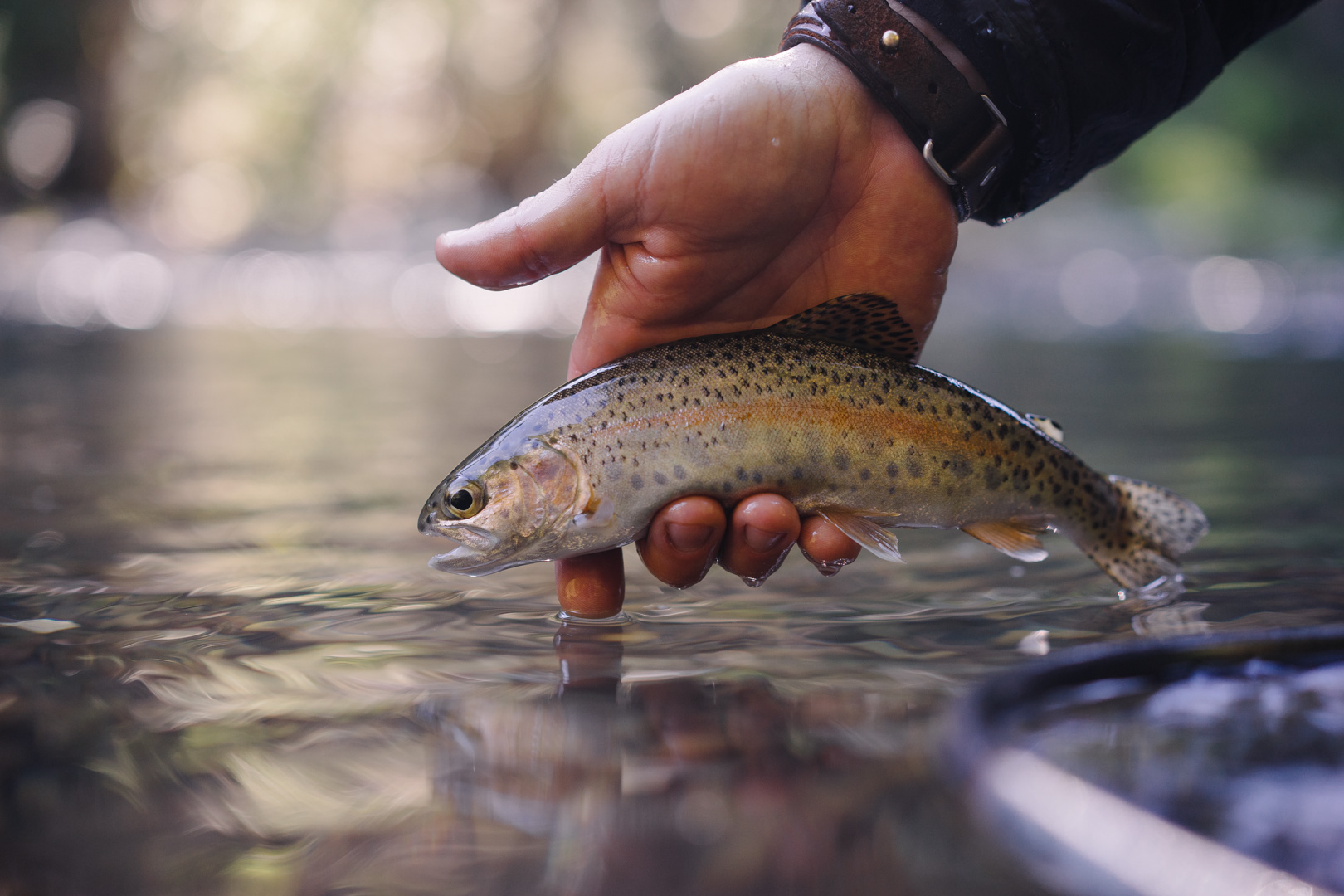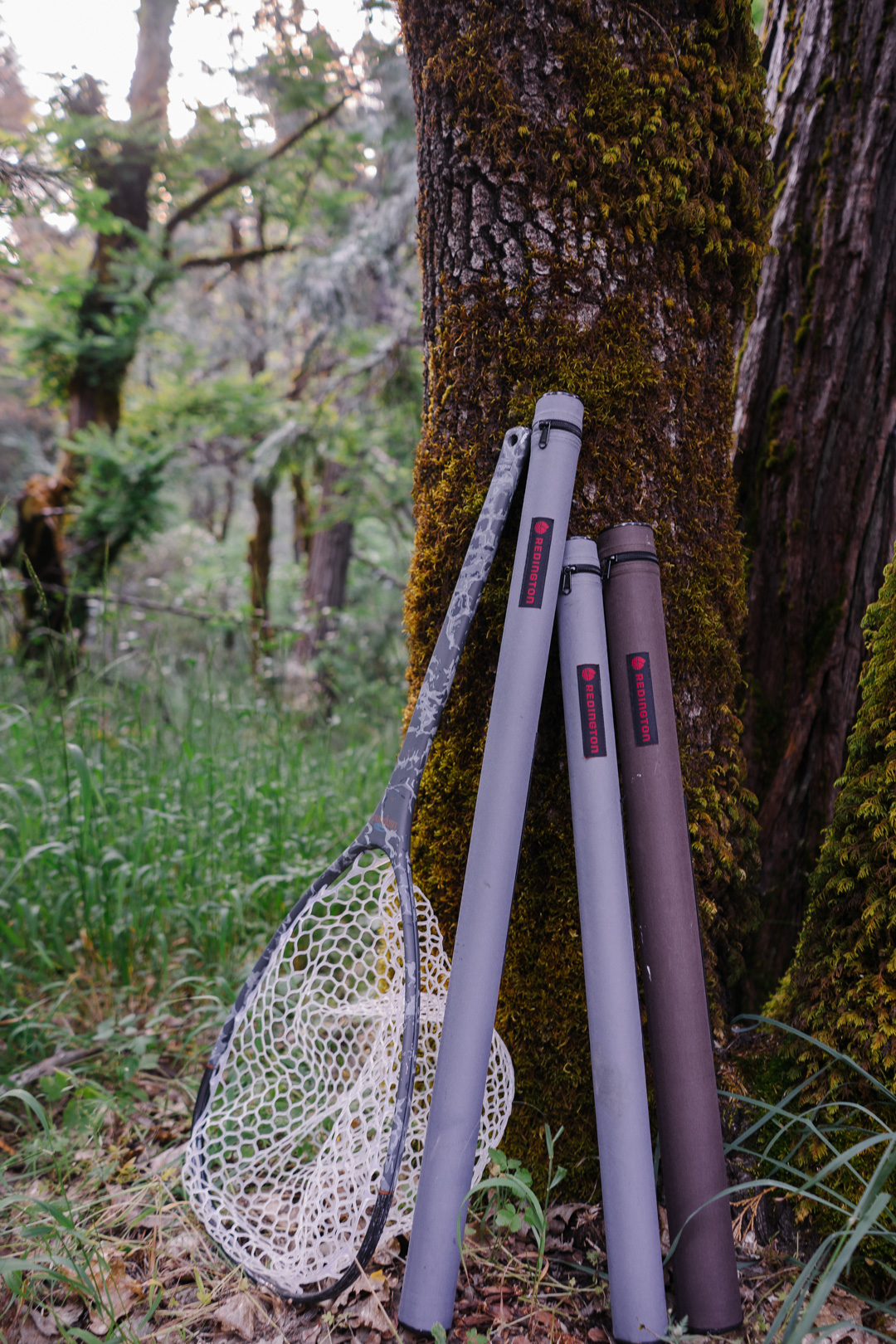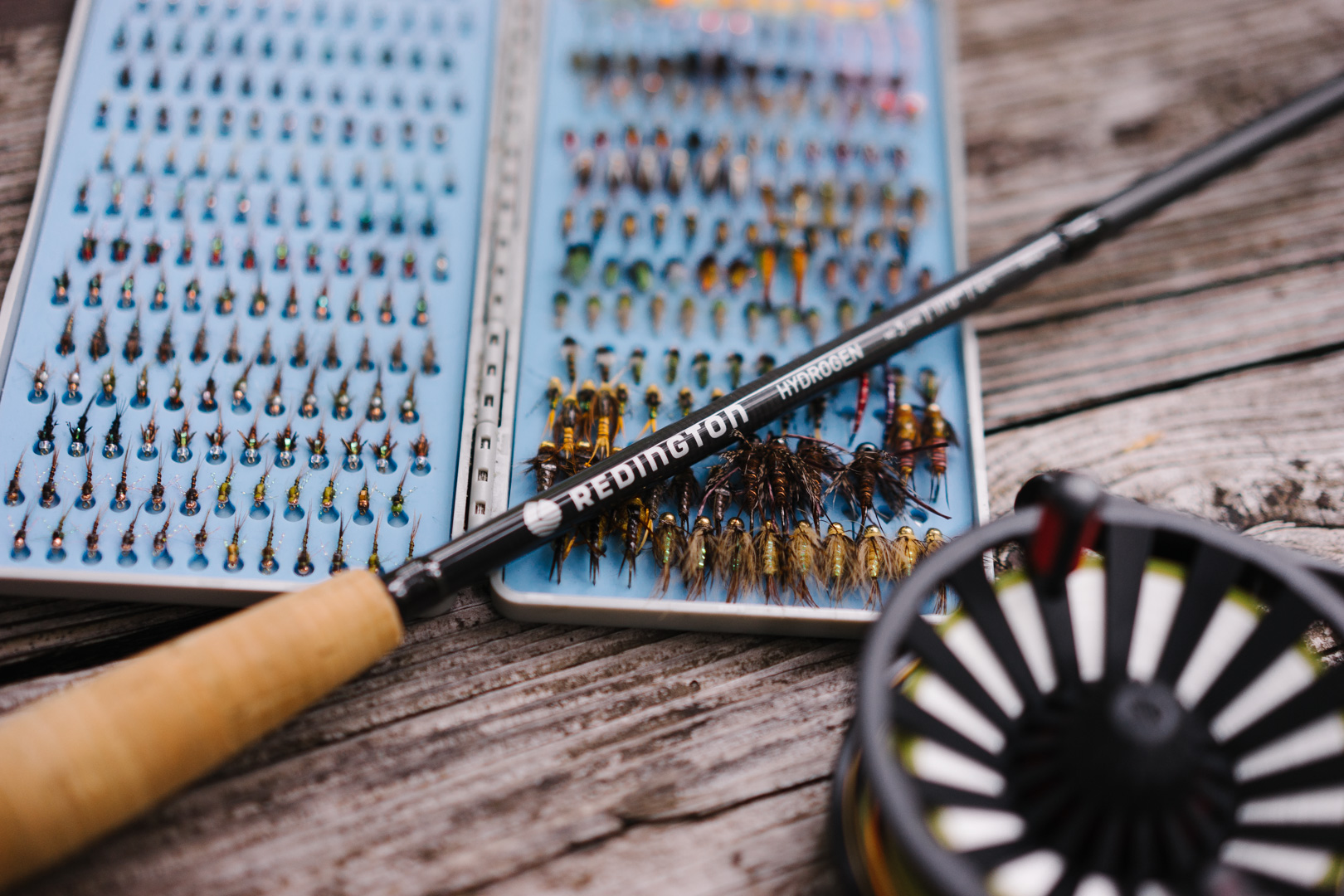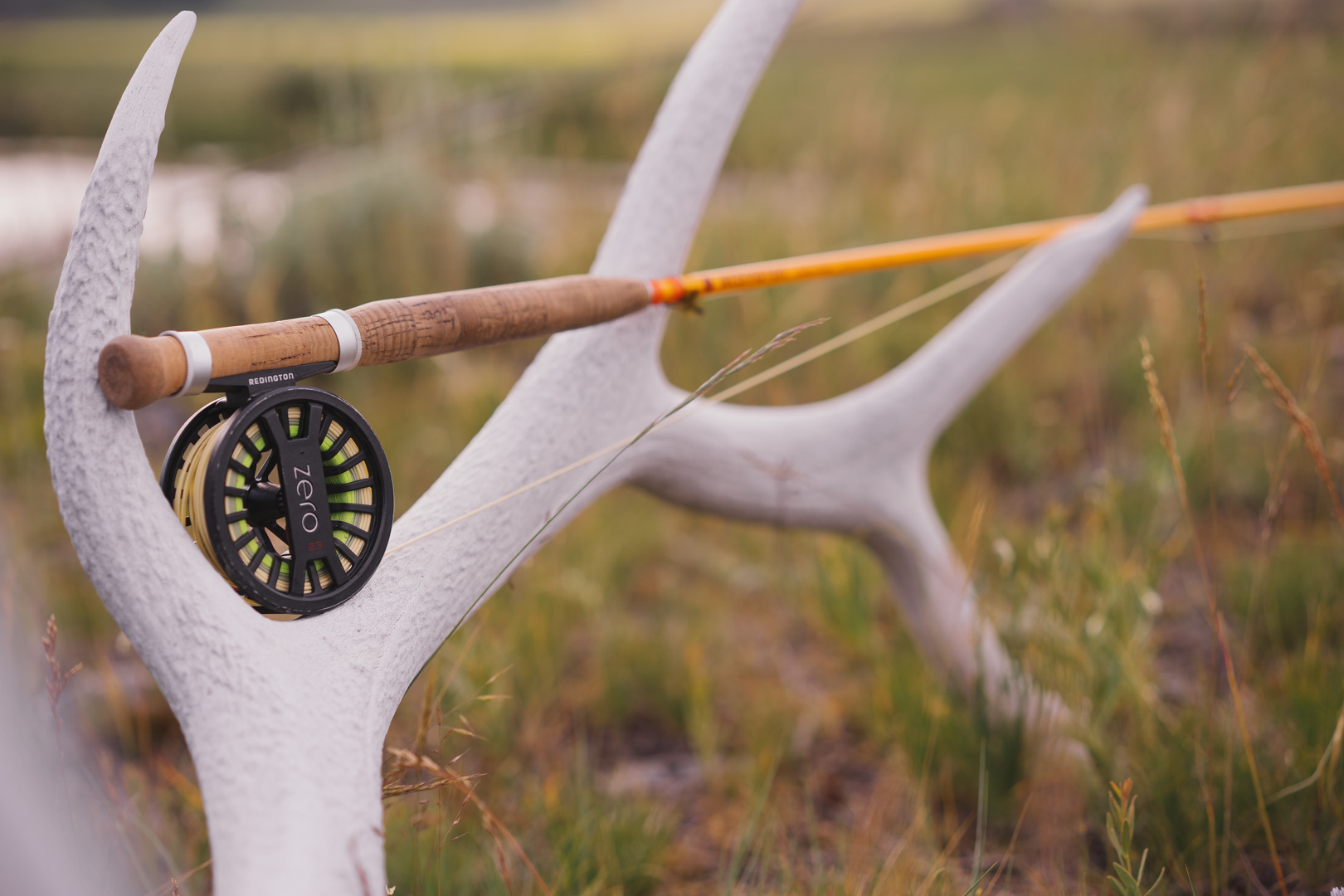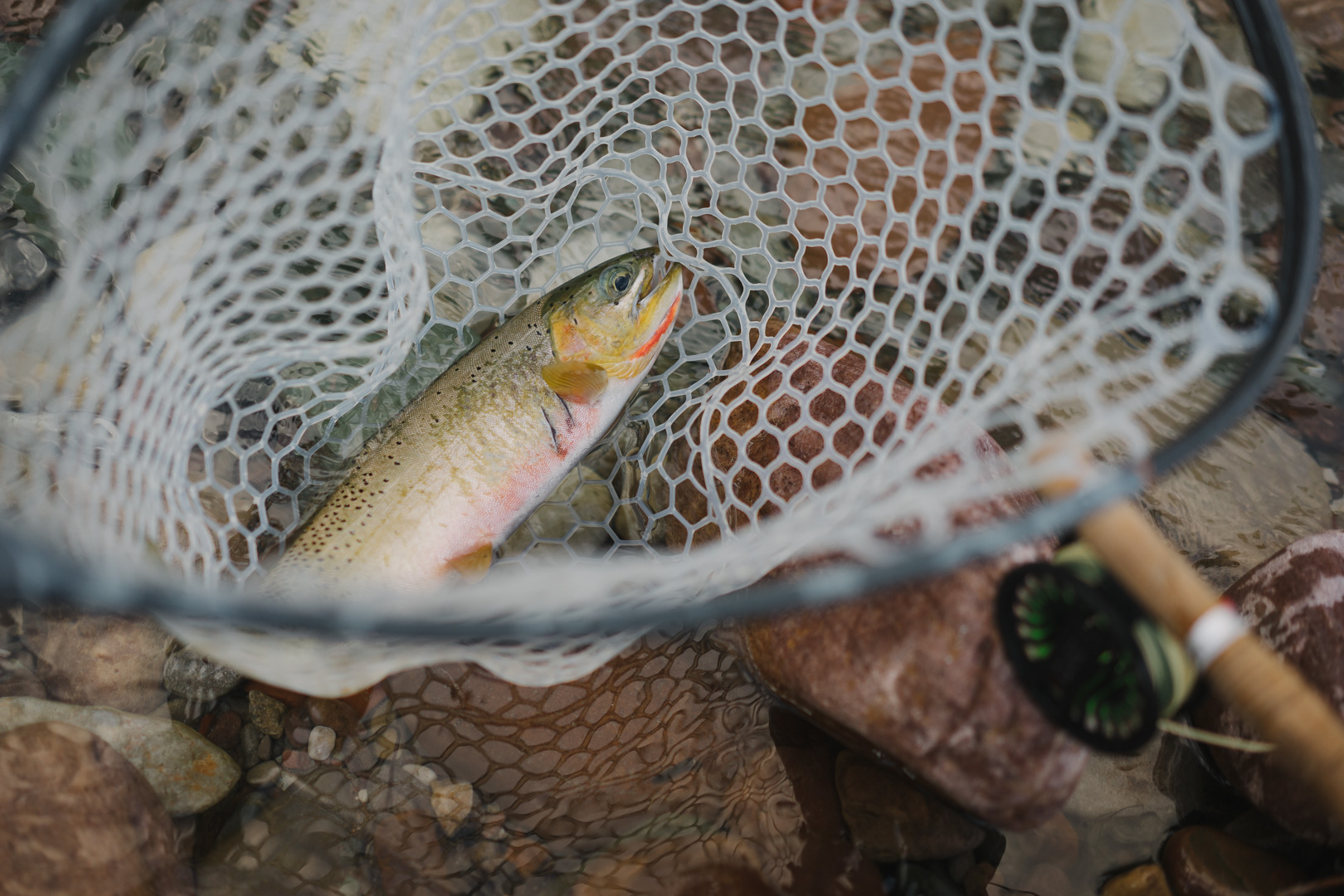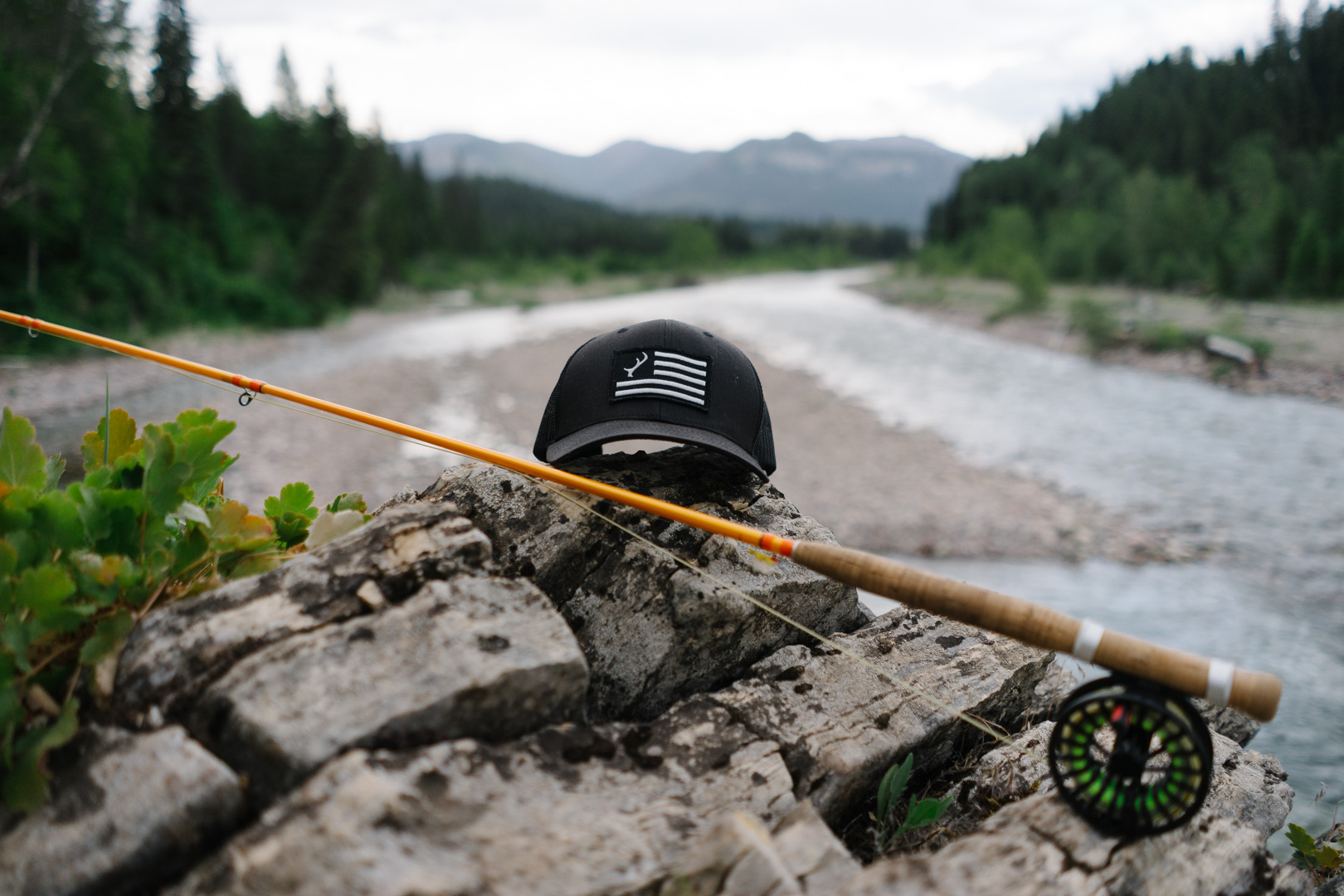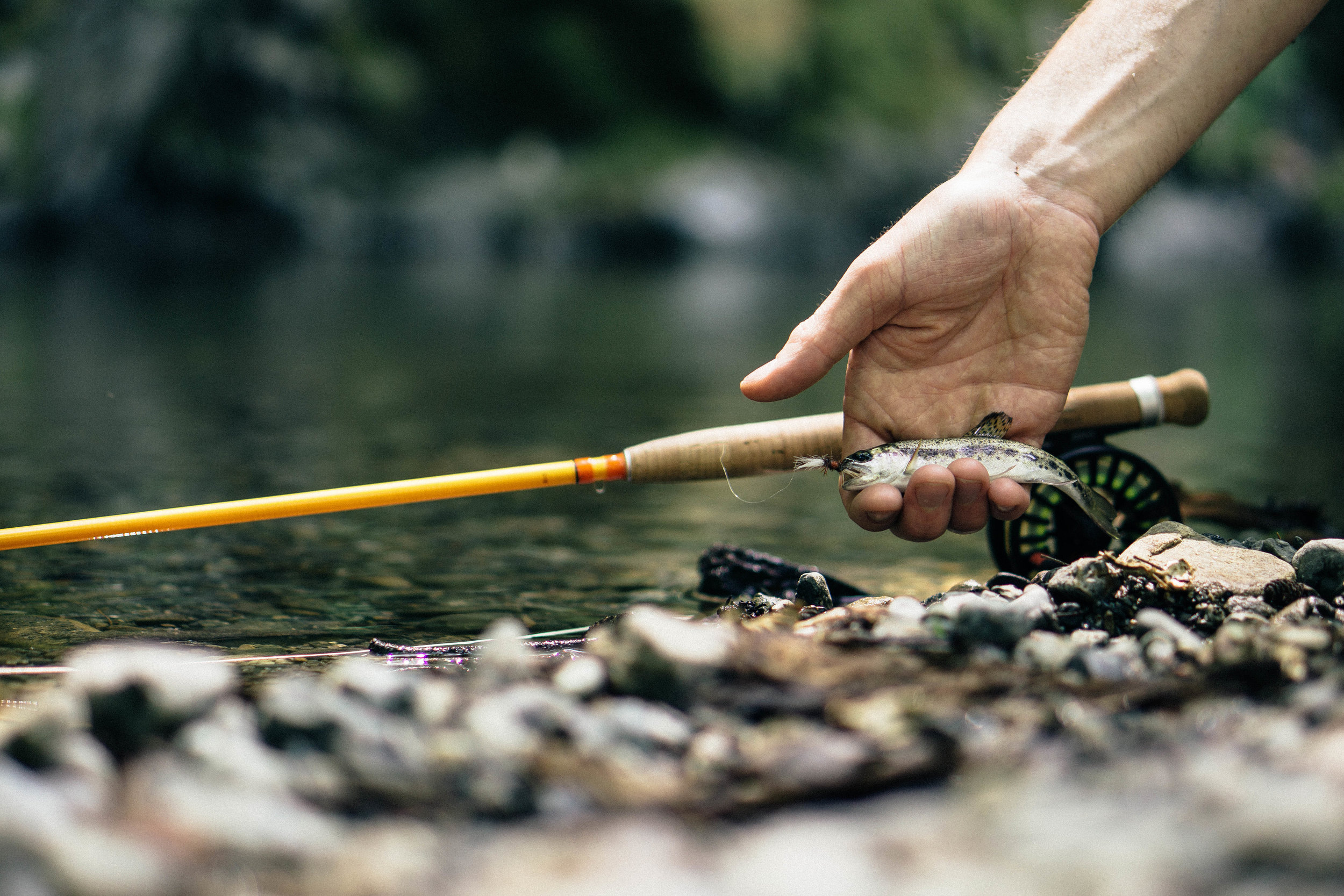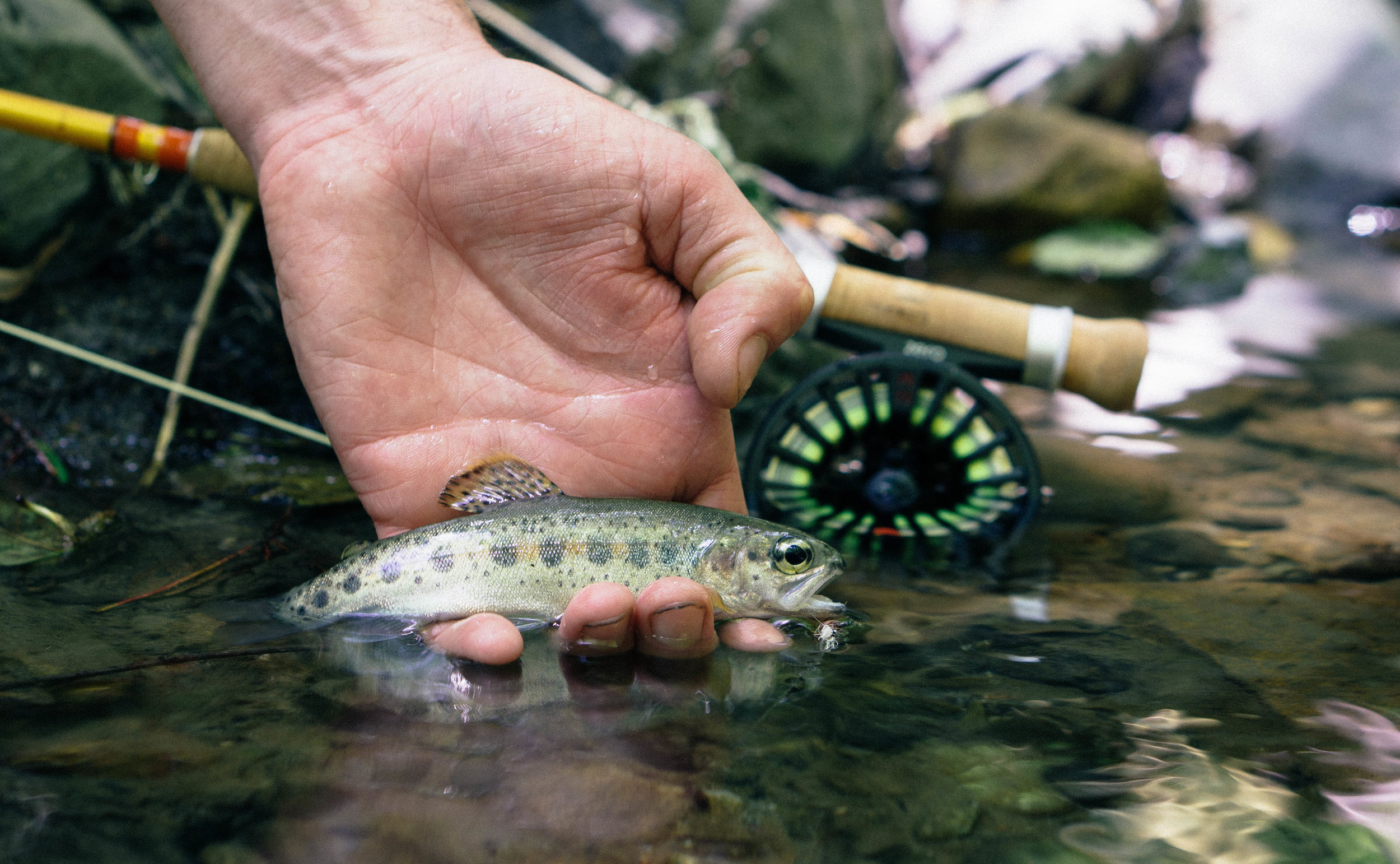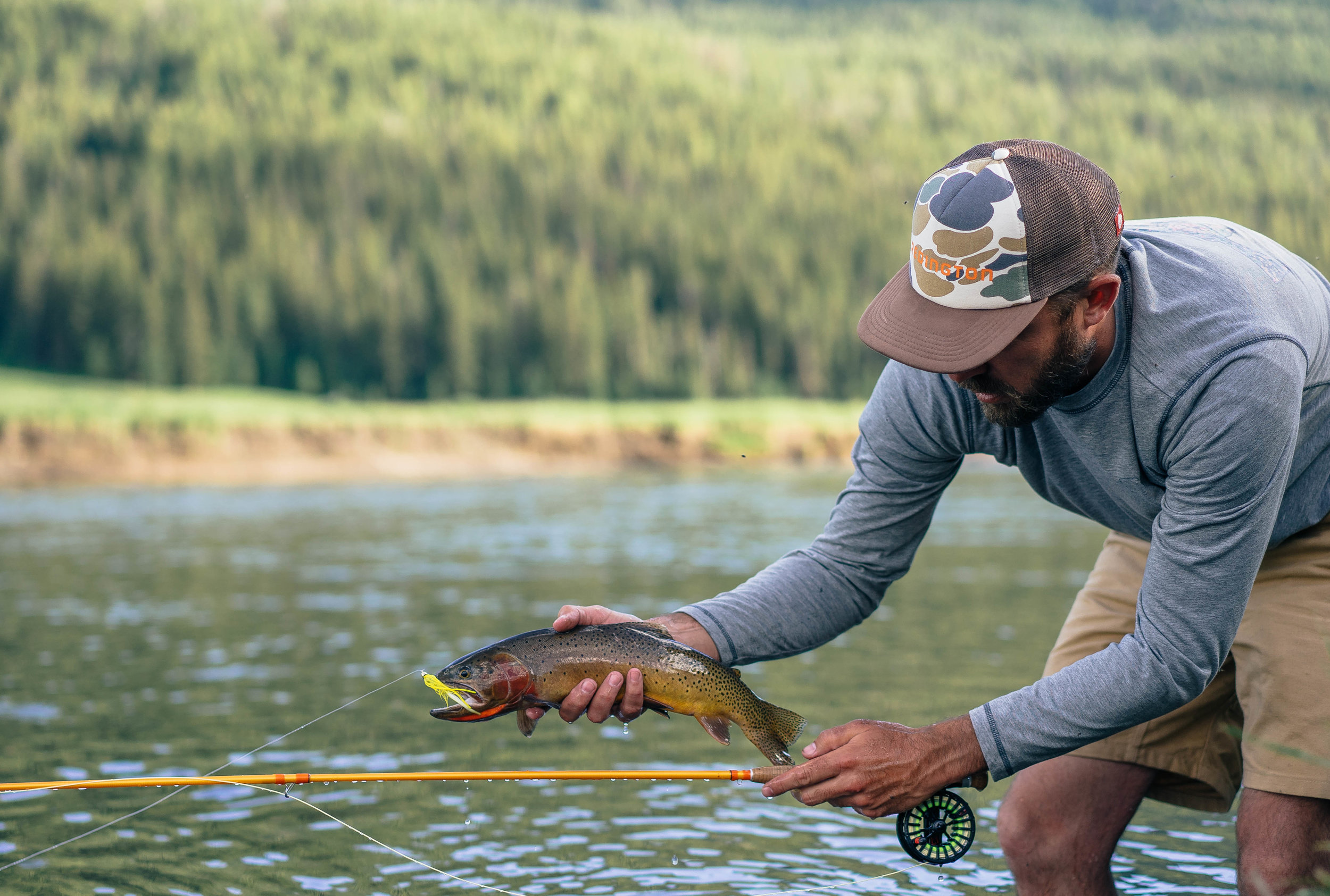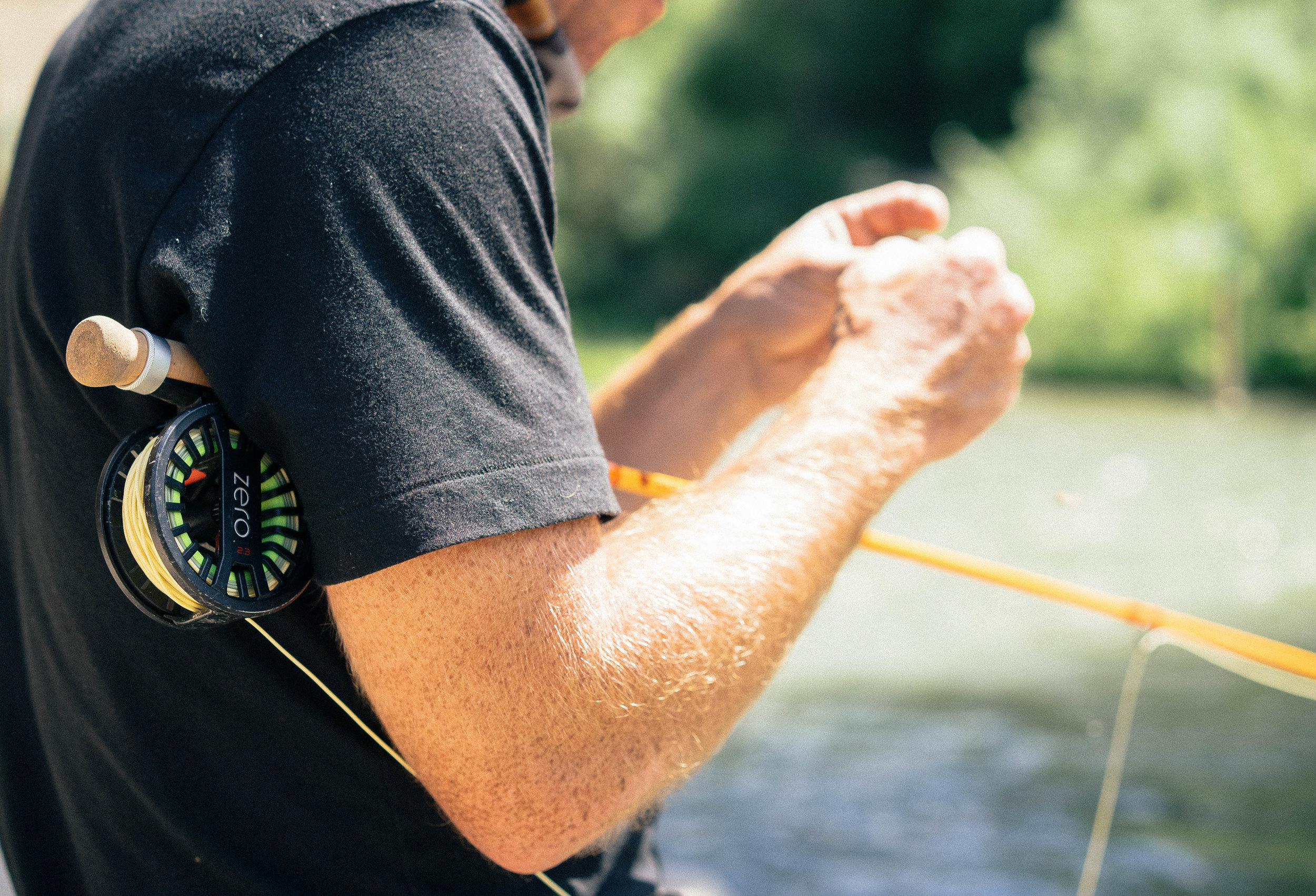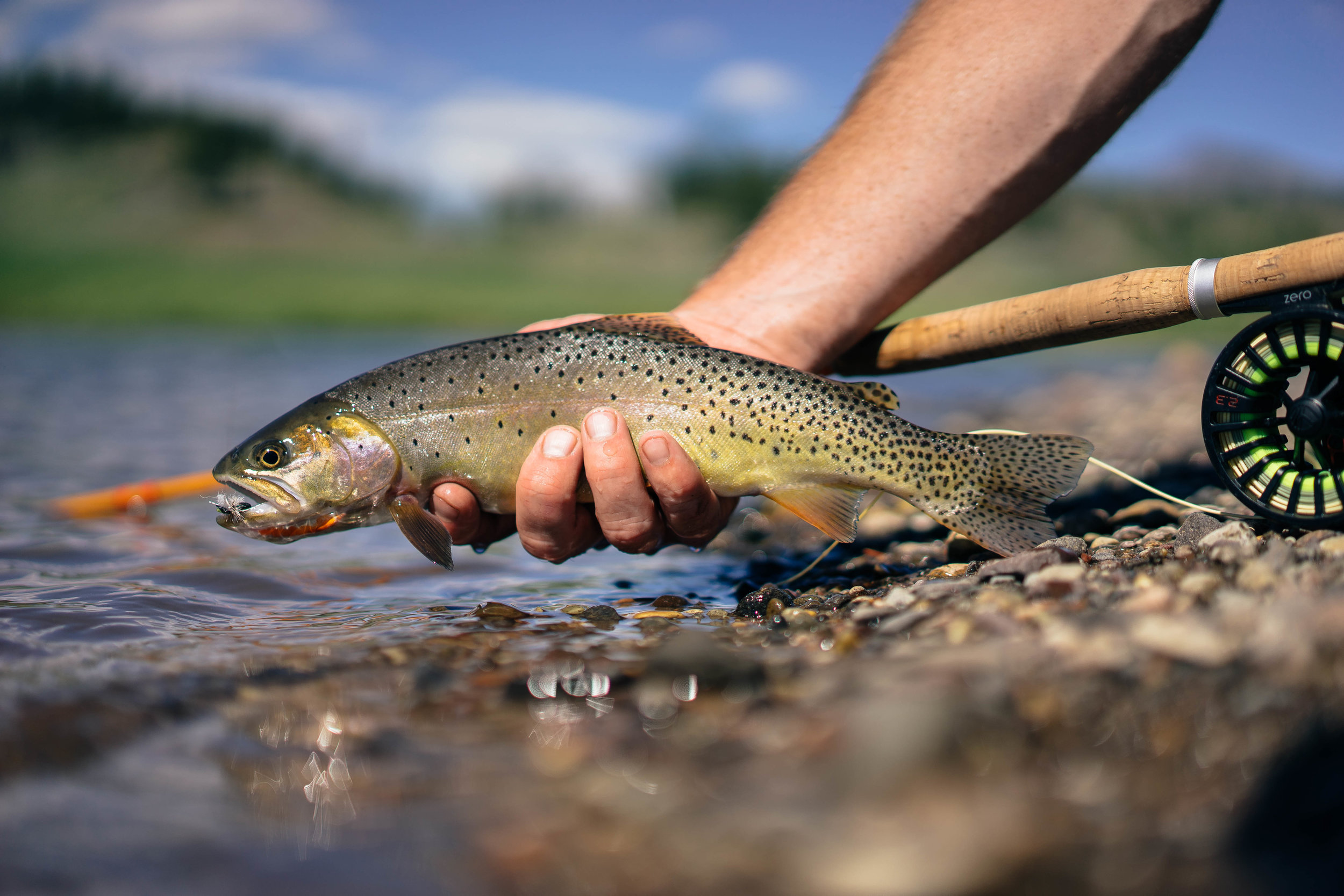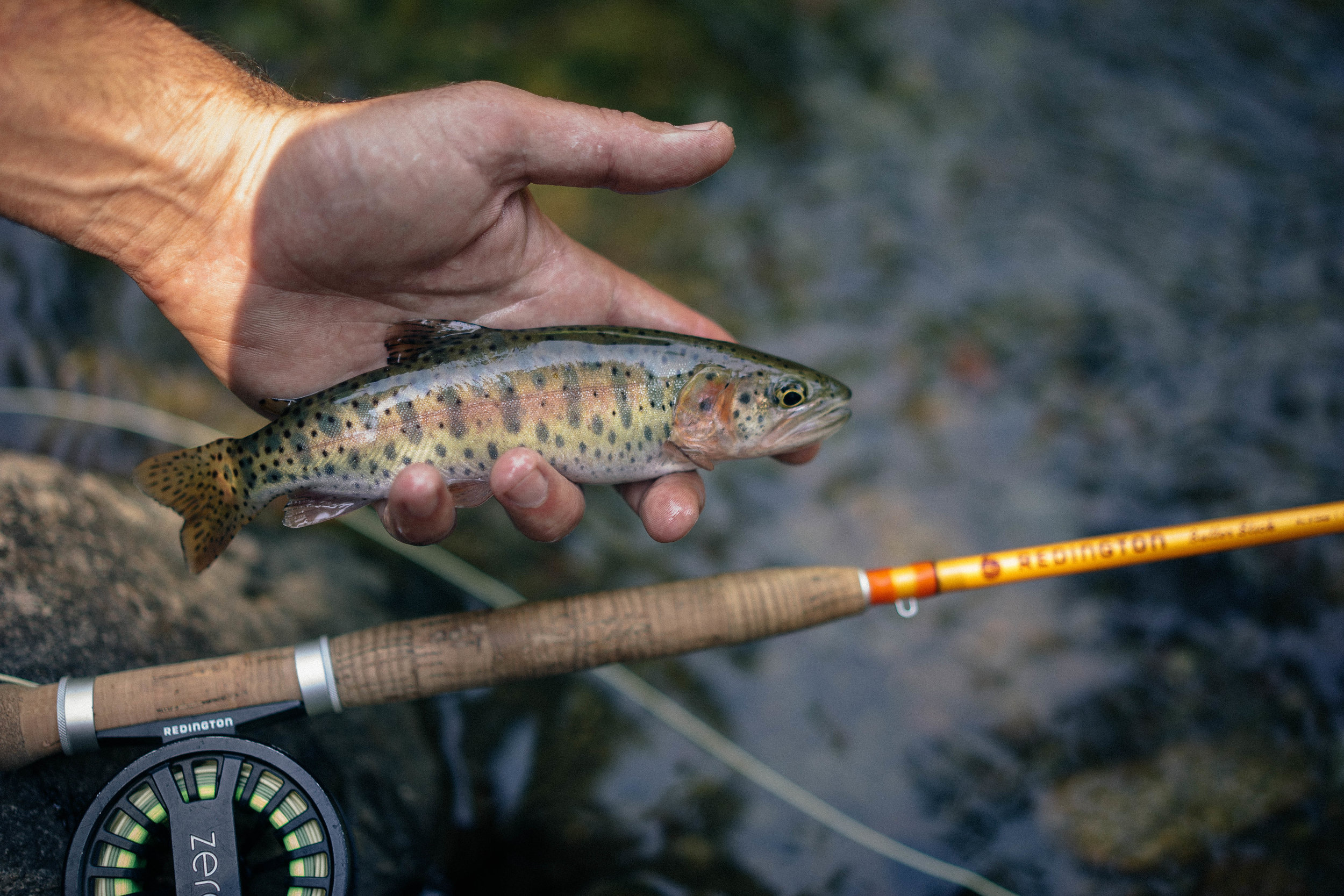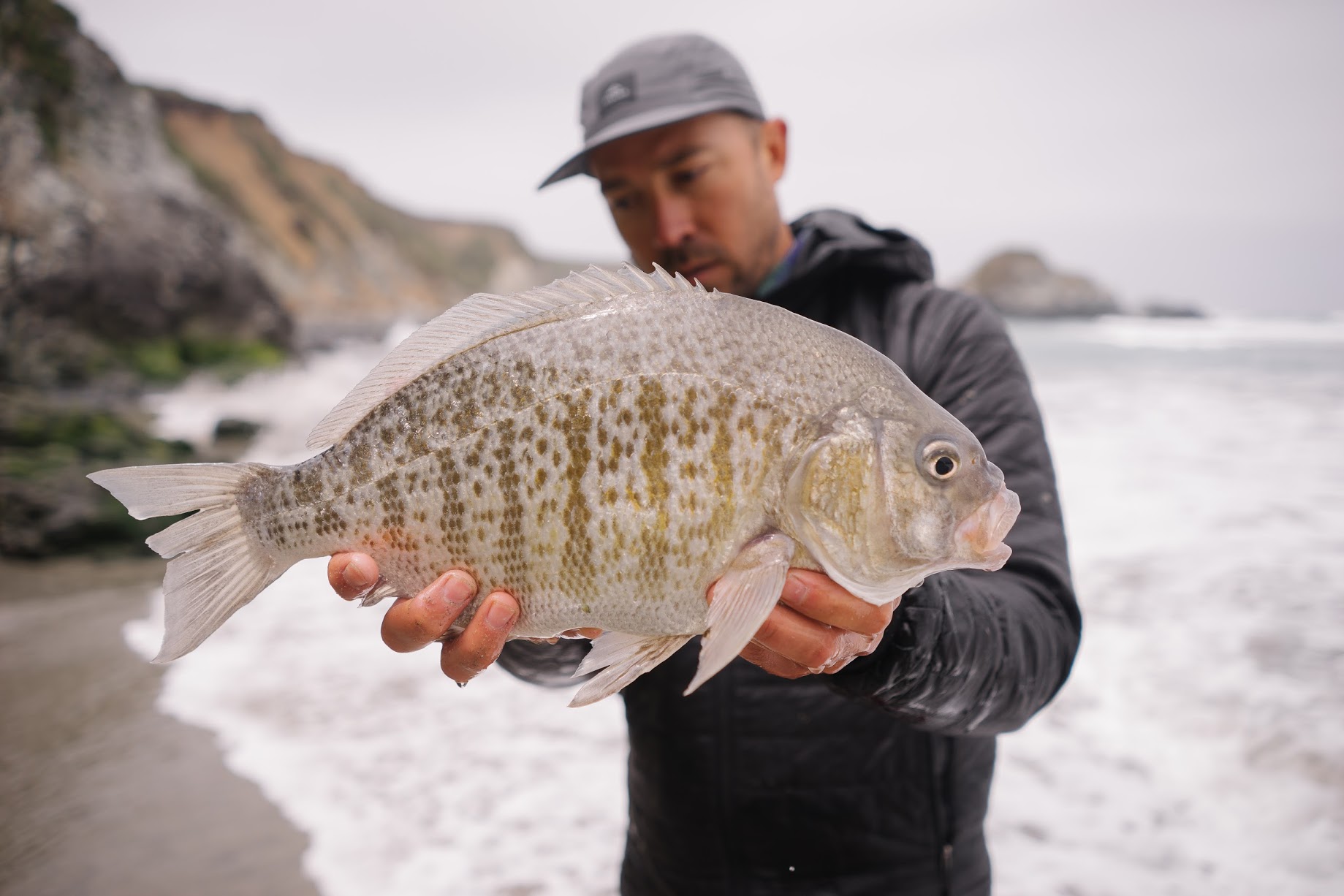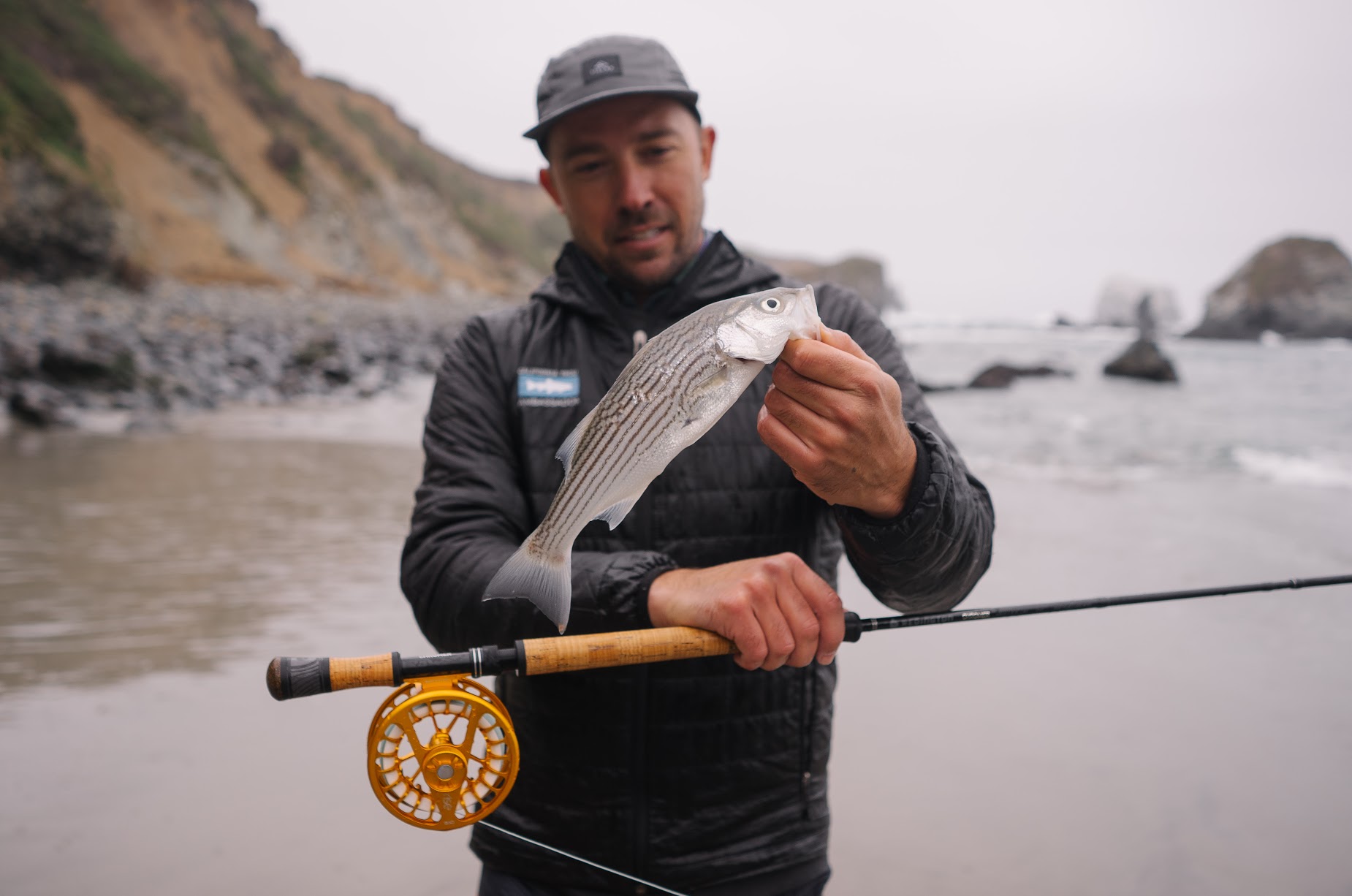Pyramid Lake can be a pretty intimidating spot and for those of us who don't have a garage full of rods. Picking the right one for the Mid can make it even more complex. There's good news though, the rods that work well for Pyramid Lake can do triple duty on summer steelhead and stripers.
Here are my two favorite rods to use on the big salty pond. I've also included an alternative rod at a lower price point that would do well with the massive LCT of the Reservation.
Two Hander: Sage X 6110
This is the perfect rod for launching chironomids under a bobber. Even in a strong wind, this rod has the backbone to get your flies out over the ledges at Pyramid Lake. It's got a nice soft tip that is perfect for mending line if needed and also gives you a feel when fighting fish. Some people prefer using a 7wt switch rod out there but I've found that the 6wt has the muscle to fight the big fish and the sensitivity to protect tippets. The cork on this rod is wonderful too, it feels light and classy in hand.
I pair this rod with a Sage Spectrum LT reel which makes for a really light set up. The reel is exceptionally smooth in cold temperatures and handled big fish without a problem. I have two extra spools for this reel which allows me to use it in a number of other situations. Spool #1 has a 6/7wt Rio Switch Chucker line on it that is perfect for throwing bobbers at Pyramid and even for steelhead if you're into bobbers for steelhead. Spool #2 has a running line with a Rio Skagit Max Short, which is perfect for swinging flies for steelhead. Spool #3 has a Rio In Touch Striper 30ft Sink Tip line on it which can be great for fishing for stripers out on the beaches.
Needless to say, this rod is super versatile and I've loved it in every situation I've used it. If the price point for this rod is out of your budget, consider Redington's 6116 Chromer, paired with Redington's Grande Reel. The Chromer is a fantastic rod for the price point!
Single Hander: R.L. Winston BIII Plus 7wt
Although the two-handed bobber rod can be an absolute weapon out at Pyramid, some folks prefer to be more engaged with their fishing. Staring at a bobber all day can get pretty dull.
I'm a huge fan of R.L. Winston's 7wt BIII Plus. The feel this rod has while casting is second to none. You can really feel the rod load in all the right places when you're making long casts. Again, a nice soft tip helps with feel while a strong butt section helps with lifting line off the water and turning big fish while standing on your ladder. Winston's rod finishing is fine art, my friends. Next time you're in the shop, take a look at what Winston's putting out. They're amazing fishing tools and stunningly beautiful to boot.
I pair this rod with a matching green Galvan T-8. For Pyramid, a nice sinking line works well. You really want to get your flies deep when you're stripping flies out there. For that reason, I like Scientific Angler's Sonar Titan INT/Sink3/Sink5. This line gets down quickly, shoots well, and the progressive taper really helps with smooth casting. I also have two other spools for this reel. One has a Scientific Angler Sonar Titan Intermediate that I use on the same rod for striped bass in the bay and the other spool has a Scientific Angler Anadro line that can be used for poppers for big bass or even bobber fishing for steelhead from a drift boat. Again, a super versatile rod!
If you wanted a slightly less expensive option that could do most of the same things, I'd go with Redington's Predator in a 7wt and paired with their Grande reel.
If you head out to Pyramid with those two rods, you'll be able to use all the techniques you'll need to land the largest trout of your life. You'll also have two more rods you can use for striped bass or steelhead. These may be two of the most used rods in my quiver. I use them all the time, so don't hesitate to reach out and ask me more detailed questions if you have them.
As always, be sure to stop in the shop and ask the pros what they'd use out at Pyramid Lake. We also have a good selection of flies for using under the indicator or for stripping on the single hand rod!
Tight lines,
Tyler
@baetisandstones


